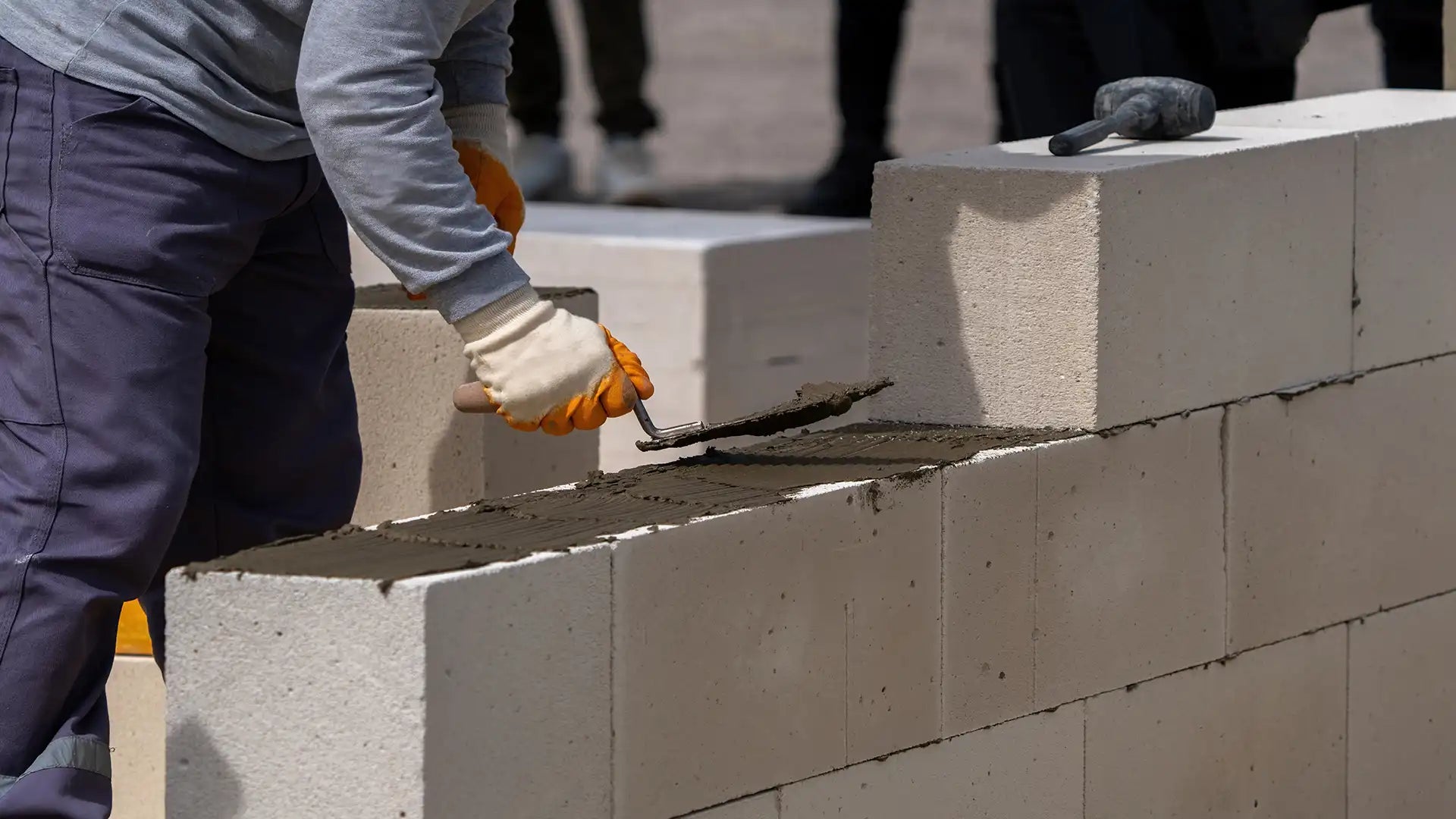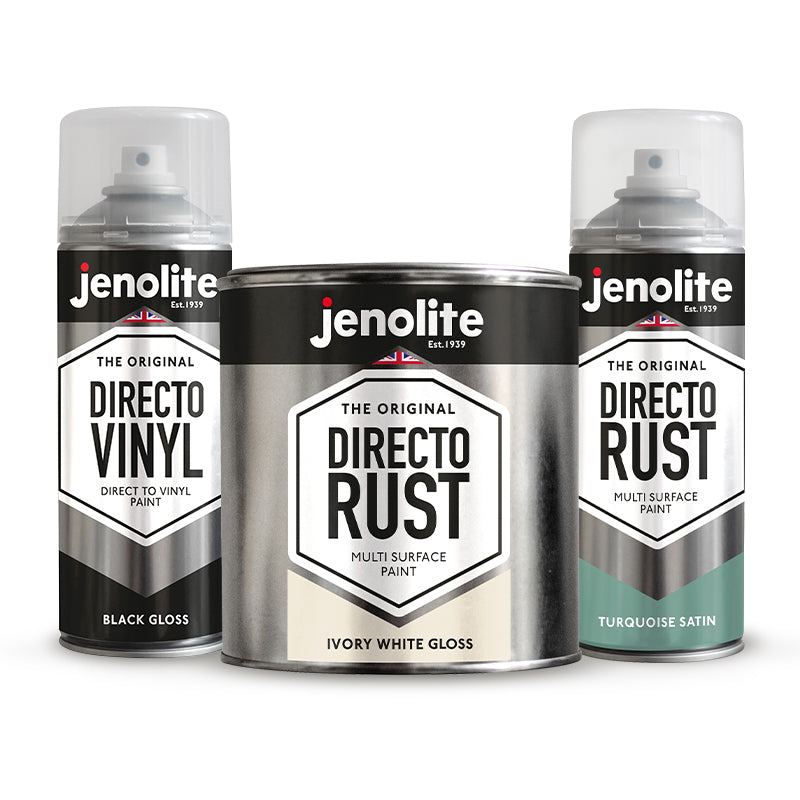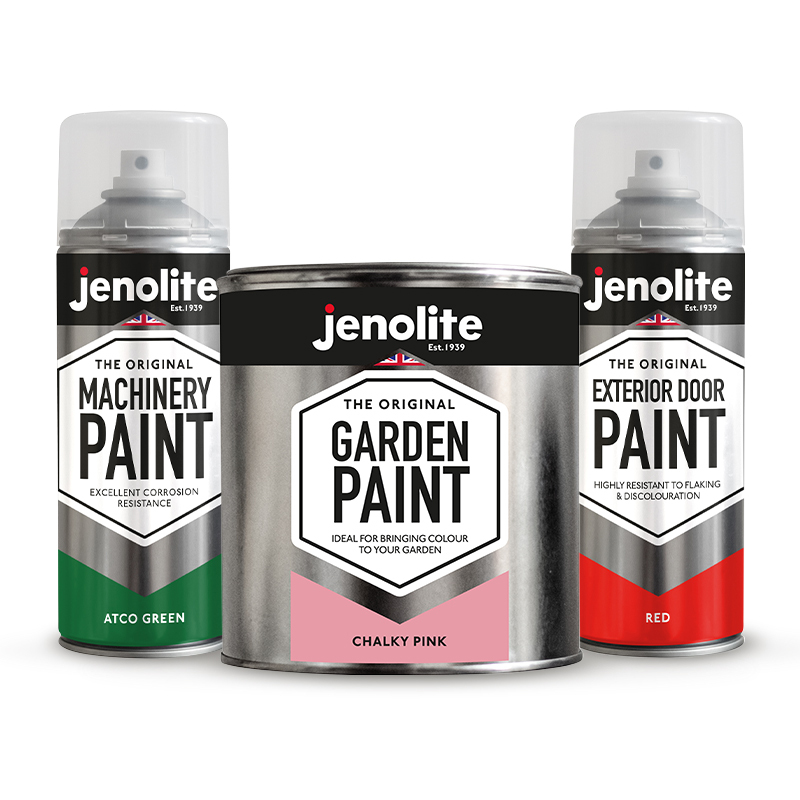Nuts, bolts, and screws can get rusty when exposed to moisture. A bit of cleaning saves the need to find replacement parts, which can sometimes be difficult to source. Follow our tips below for how to get the job done properly.
Watch : how to remove rust from bolts and screws
It’s important to remove the rusty bolts and screws first. This is so you can get into all the tiny crevices and be able to fully submerge the rusted areas and if needed, clean the hole and surrounding area where the bolt currently is in place. Sometimes rusty bolts are stuck and are tough to budge, however, heat is not always needed. We recommend using oil or lubricant such as Jenolite's Silicone Spray Lubricant. This will help to add lubrication to in turn loosen the bolt, making it easier to remove.
Simply shake the aerosol and spray 15-30cm away from the screw. You can use the smart straw for more of a targeted application and work some of the surface rust with a wire brush.
How to remove rusted screws from plastic
You can also use our Silicone Spray Lubricant to remove rusted screws from plastic as our product is suitable and effective for use on metal, plastic, rubber, and wood. Hold the spray 15-30cm away and apply directly to loosen the rusted screw.
How to remove rusted lug nuts
Rusted lug nuts such as those on car alloys get stuck over time and can become stubborn, especially with the added factor of built-up rust making it even more difficult. To loosen a rusted lug nut it’s recommended you use a penetrating oil or lubricant such as the Jenolite Silicone Spray Lubricant. Use the non-toxic aerosol and spray evenly to create a slick and greasy surface which will make the nut easier to move. You can even use the straw extension to get into small and tight areas.
Then use a lug wrench to ease the lug nut from its position. Make sure your car is parked on a level surface to prevent rolling and ensure it stays in place. Apply more lubricant if necessary and use your foot for extra power when attempting to turn the lug nut.
How to clean rusty screws
It’s important to address the state of your screws and bolts, as removing loose debris and dirt will help you in your next steps to reaching and removing that rust. Many people ask us how to clean rusty bolts and the main tip is to remove the grease and dirt that forms a barrier. Use a degreaser such as washing up liquid and a wire or steel wool brush to make sure all of the excess grease is removed.
Apply a rust remover
Once all the bolts, nuts, and screws are out you can begin to see the extent of the damage. Many turn to Rust Converter at this stage however it is better to use a remover for screws so as to not warp the shape of the screw and therefore render it useless.
Using Jenolite Rust Remover Liquid, submerge the screws into a plastic tub filled with the liquid. Immerse the components until you can see the rust has separated from the metal.
You can also use a brush to apply the rust remover liberally. Then use a wire brush to keep the substance active and work it into the rust eventually separating the rust from the items. By brushing every 5 minutes or so you avoid letting it dry out or becoming tacky.
Preventing future rust
Preventing rust from forming in the future is a great way to finish the job. With Rust Shield Aerosol you can create a protective coating that acts as a barrier from corrosion caused by harmful elements. This weatherproof barrier is applied using even strokes and dries clear, perfect for exterior or interior use.
Let us know if you have any questions, and show us your before and after photos on Facebook, Instagram or Twitter.

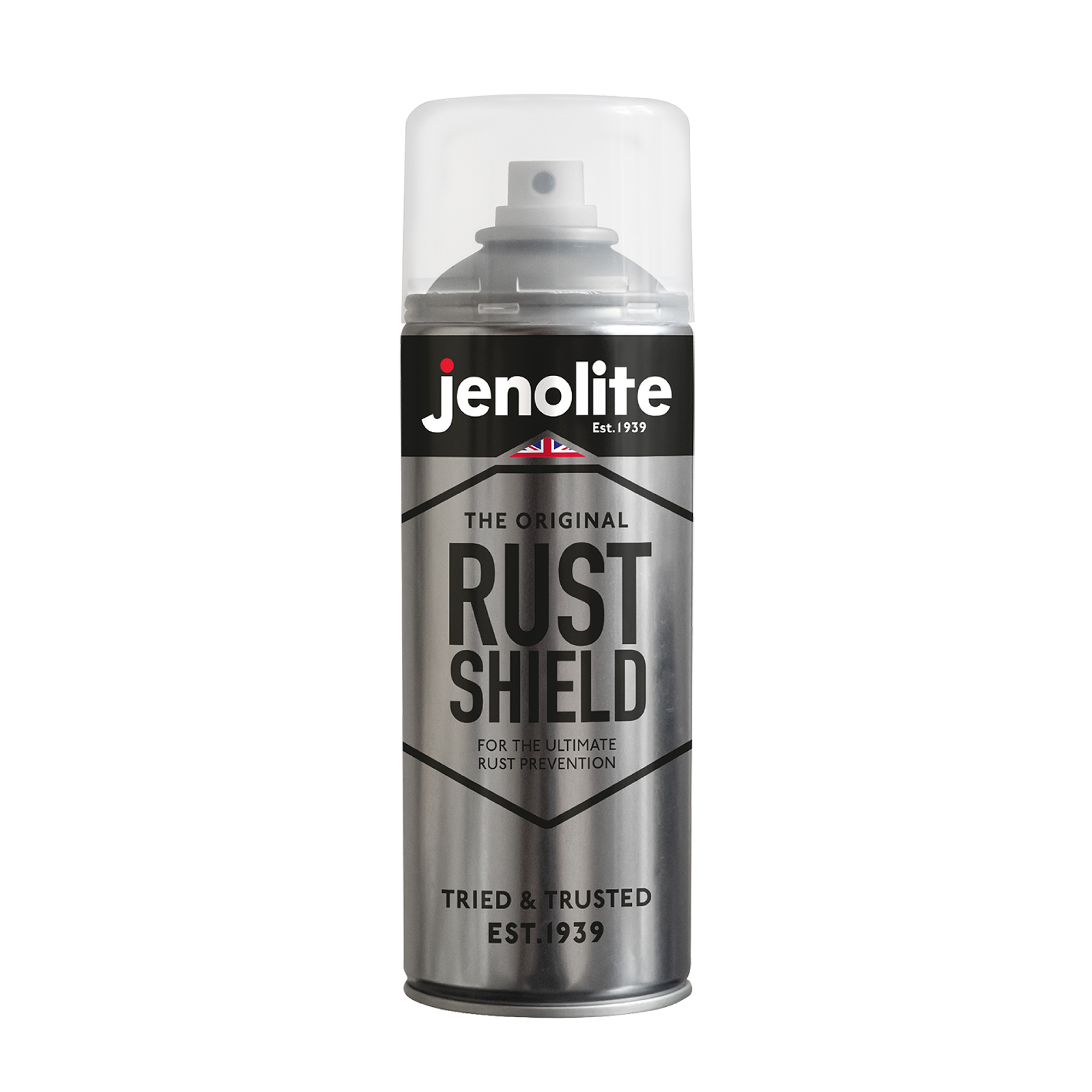
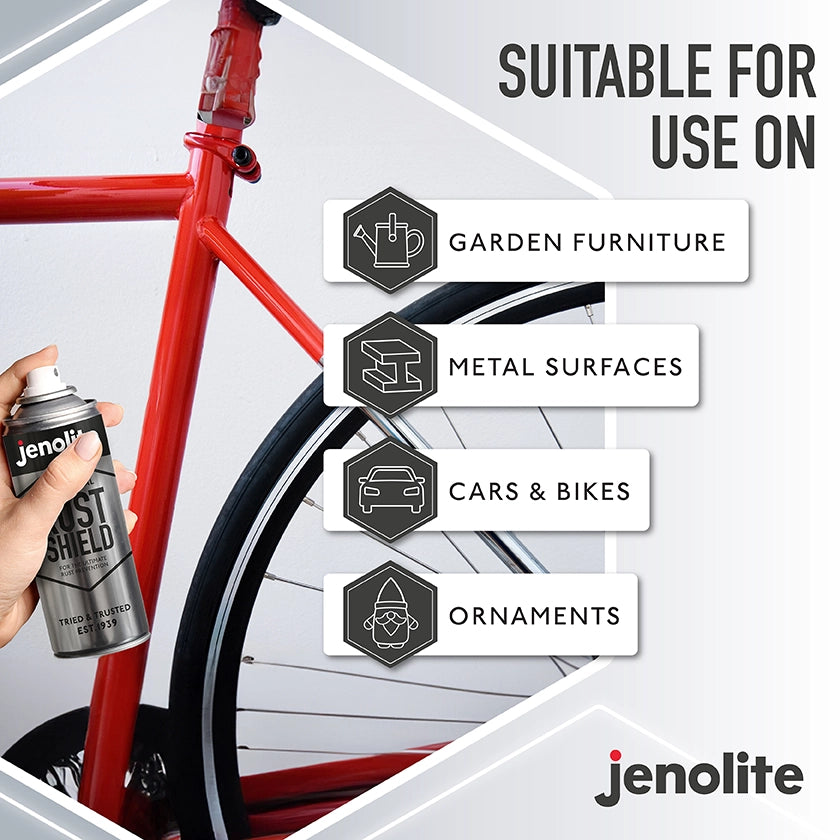
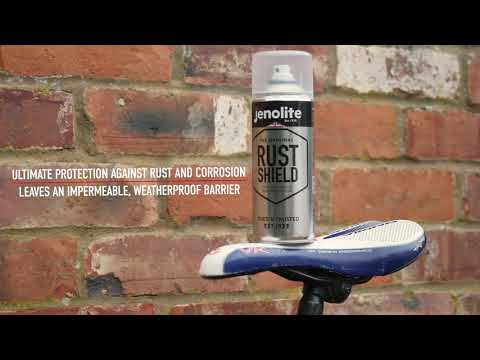
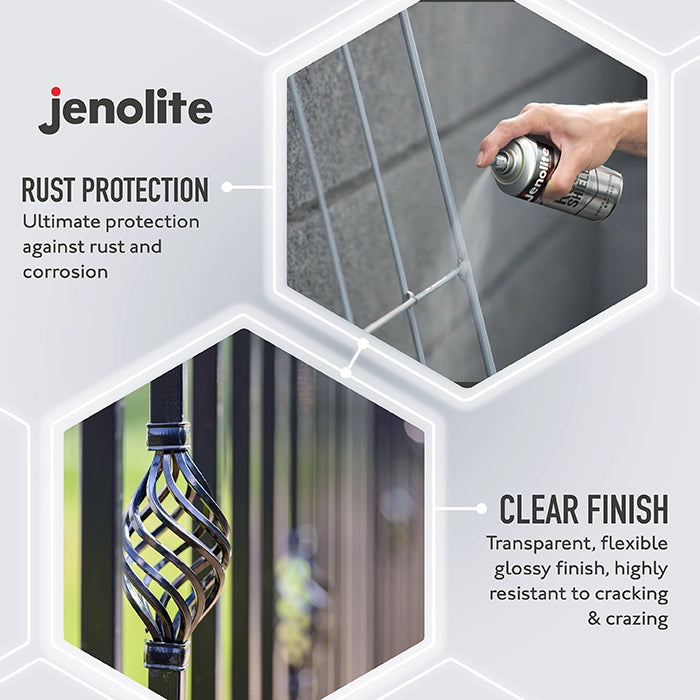
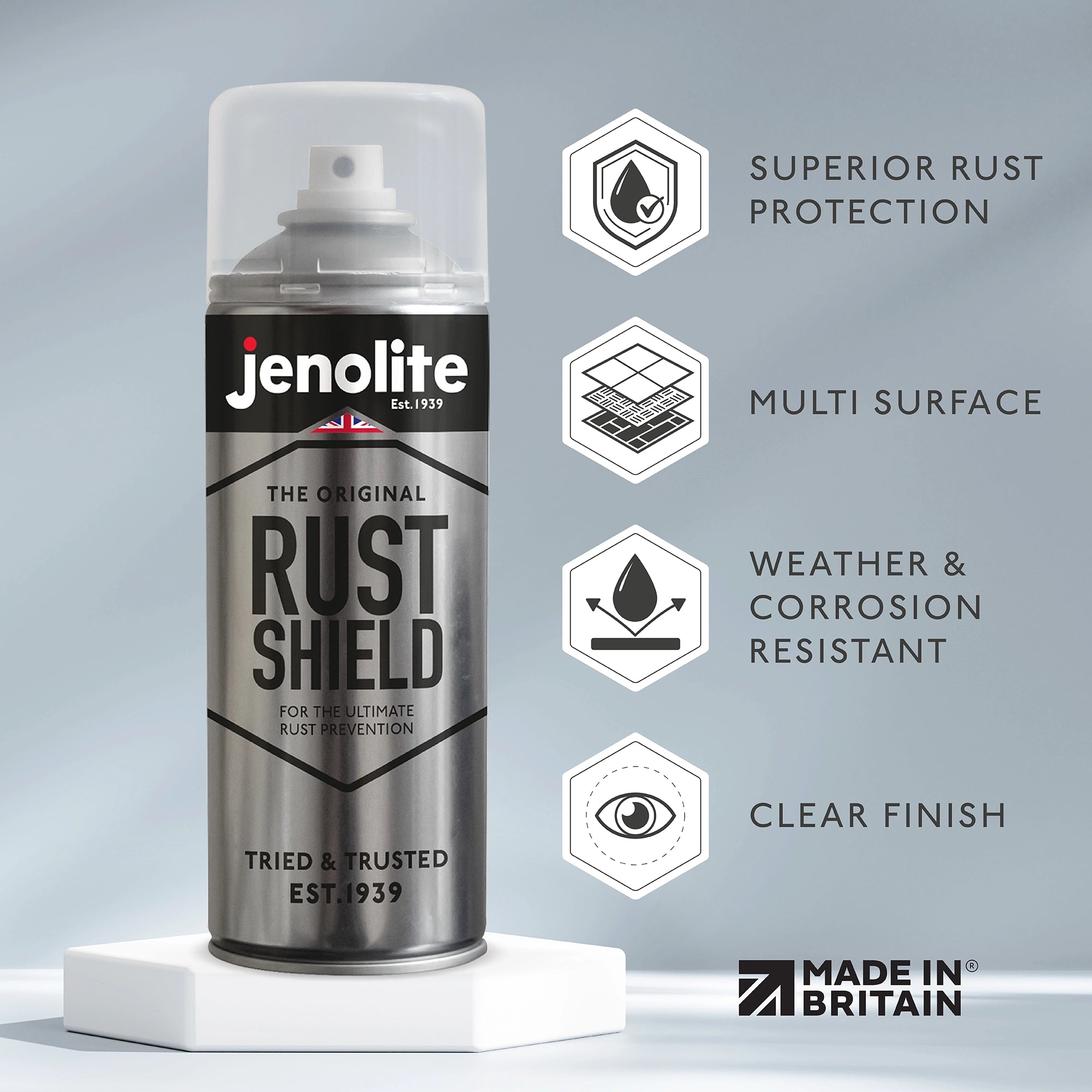
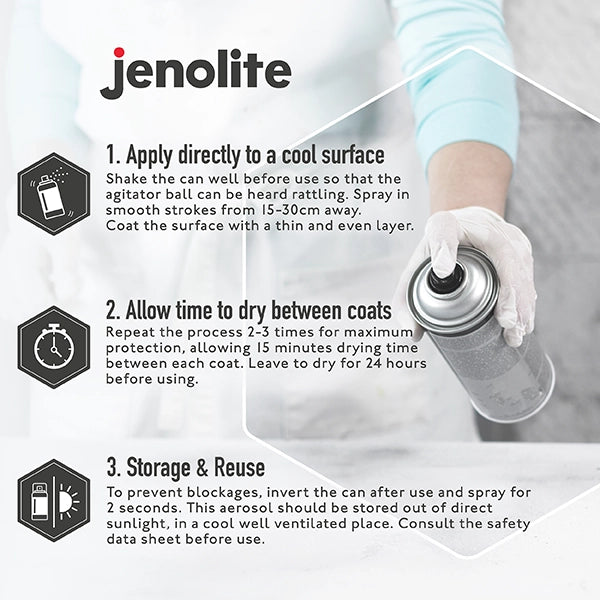
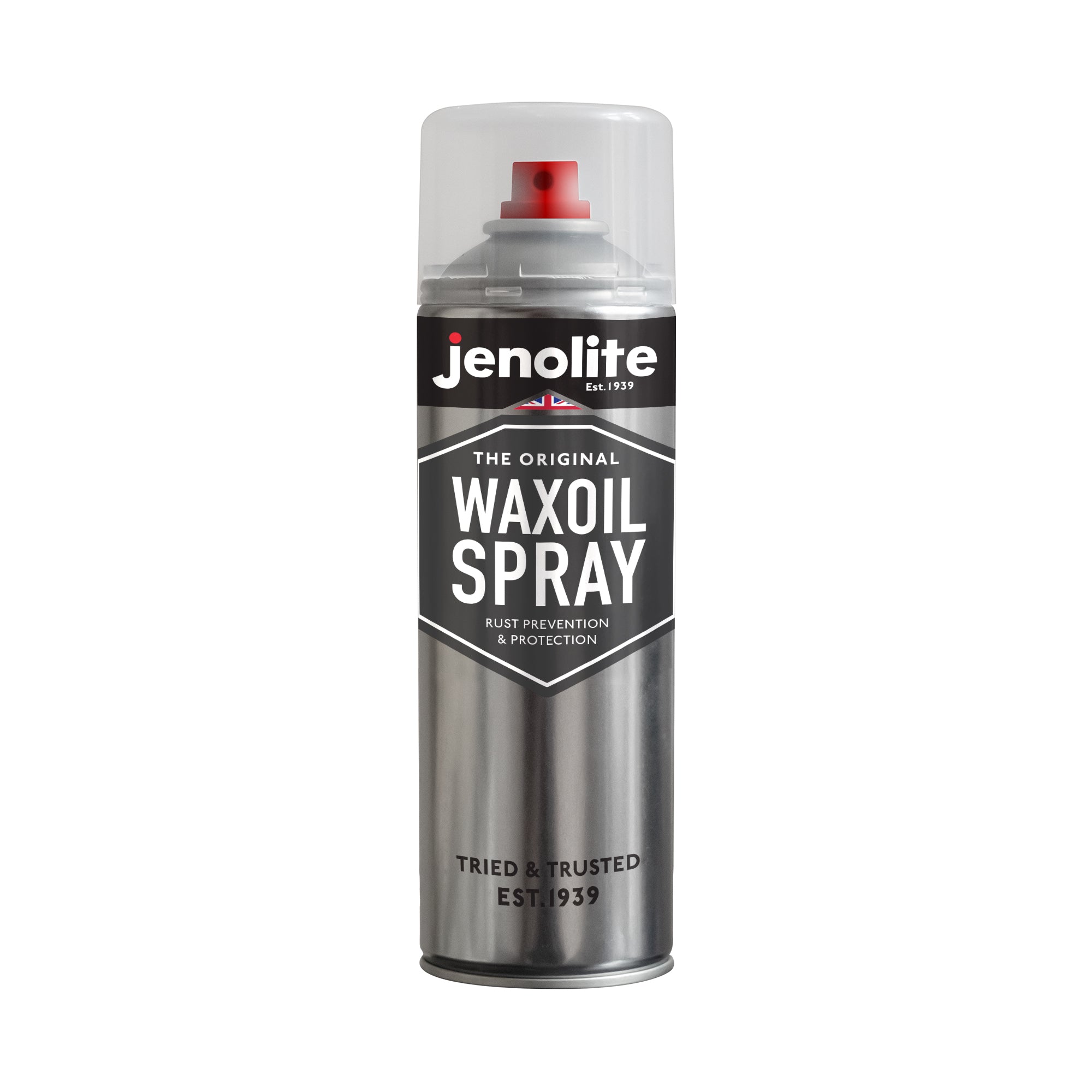
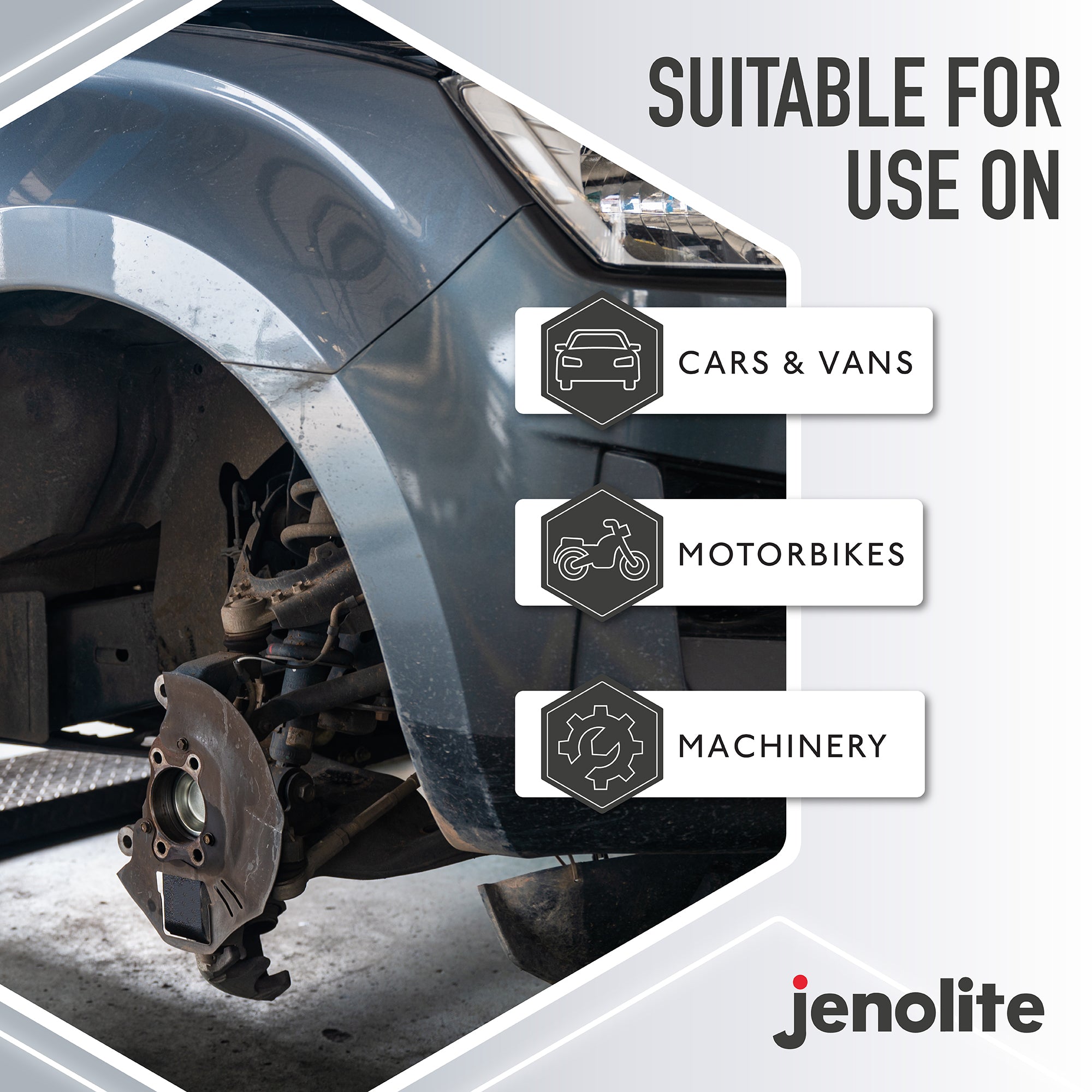
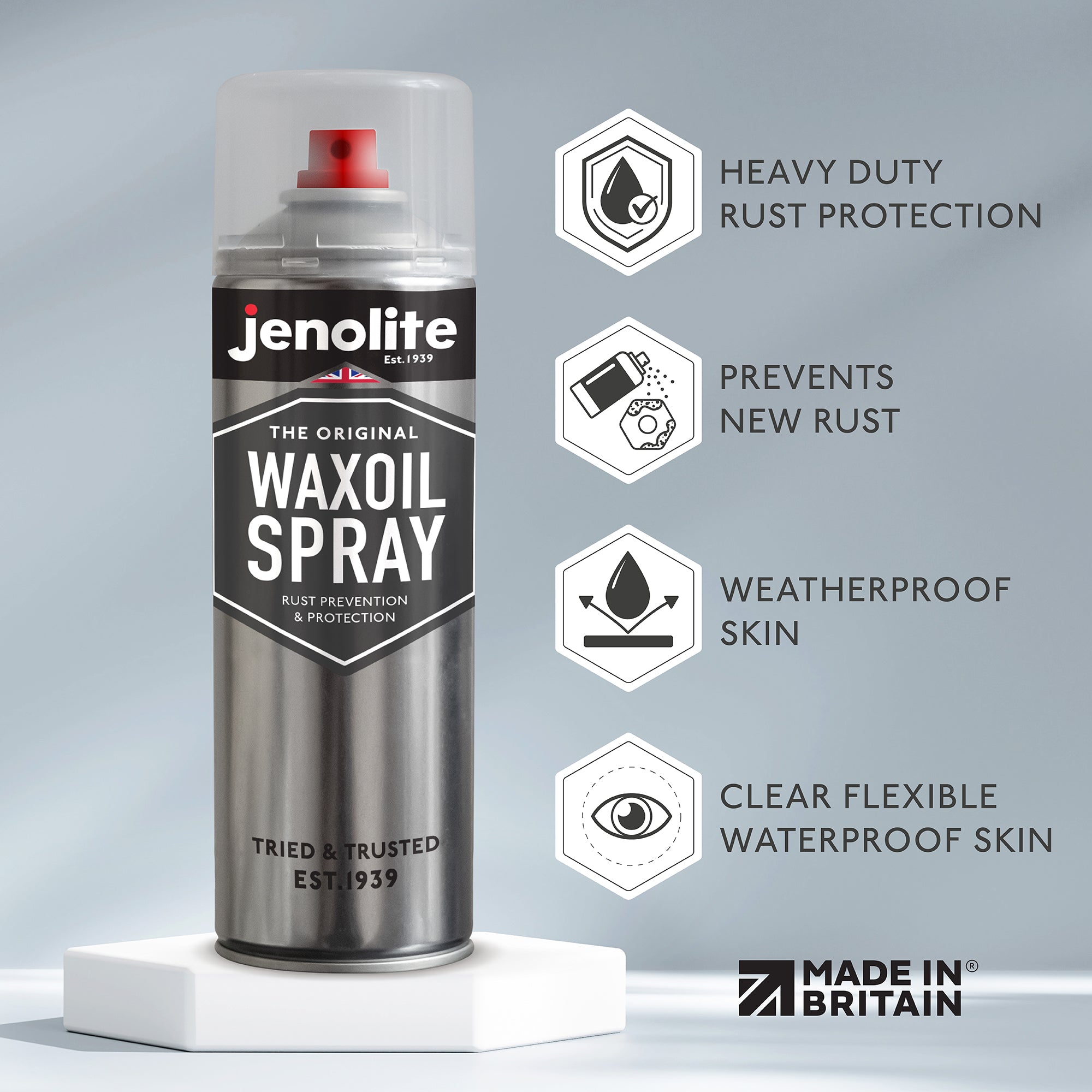
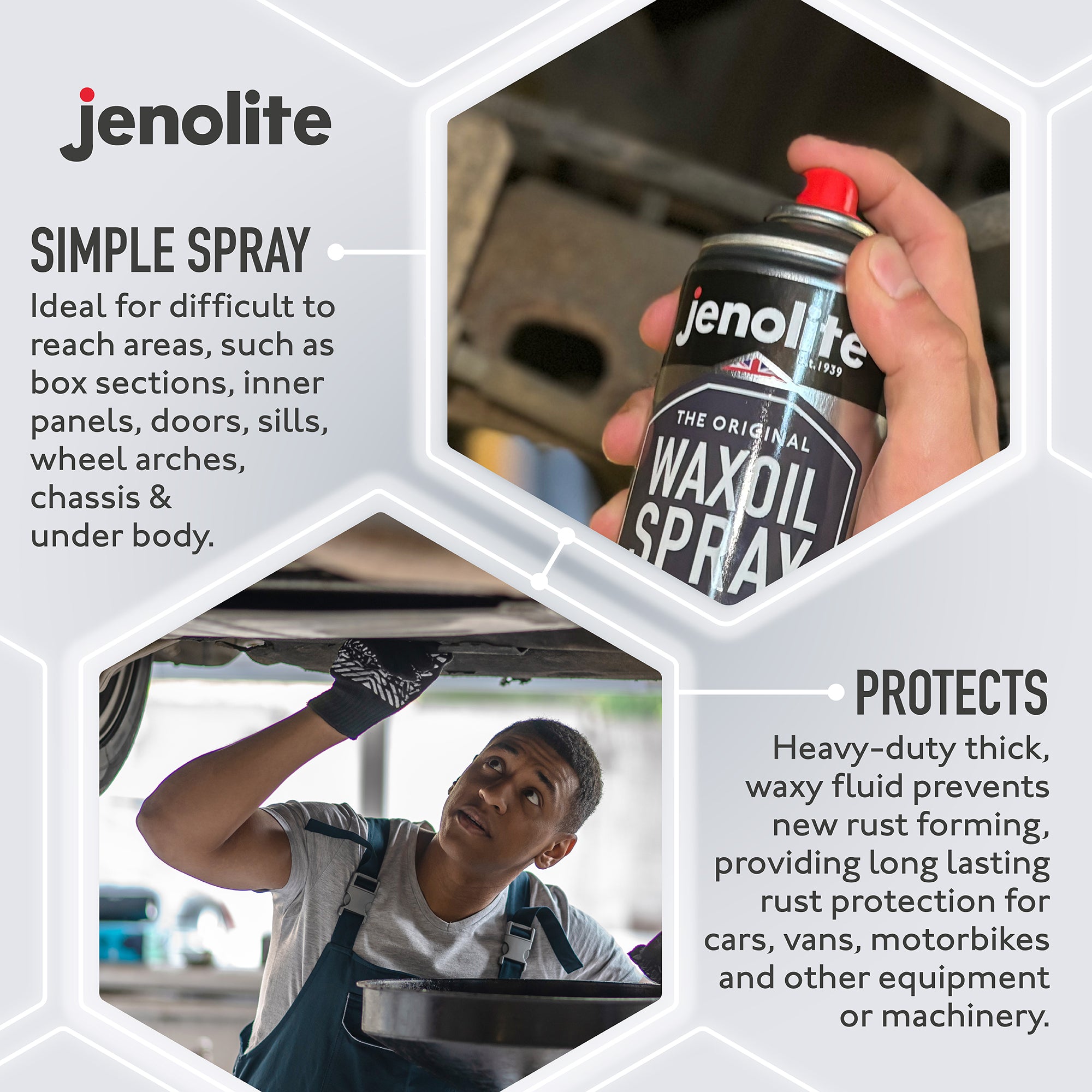
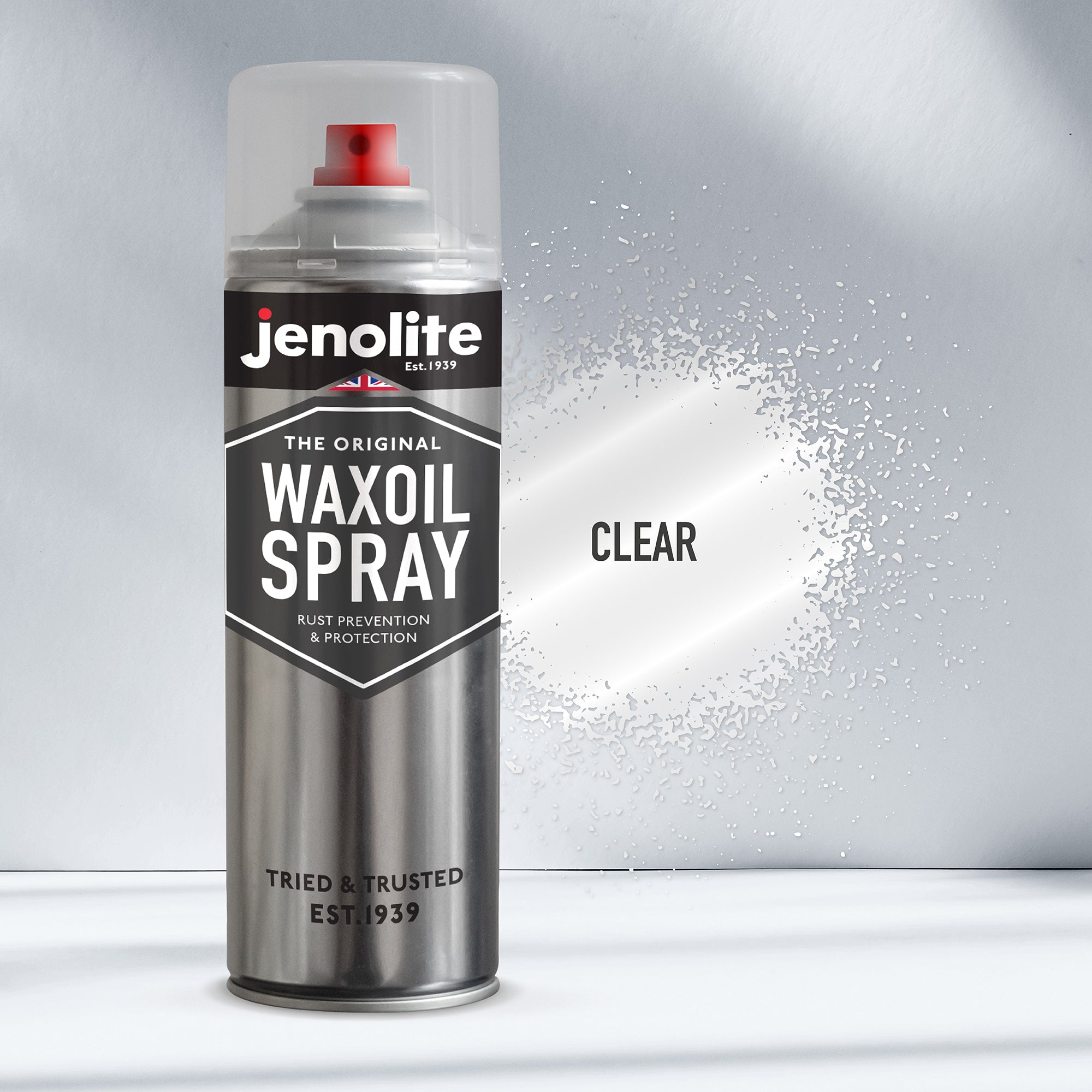
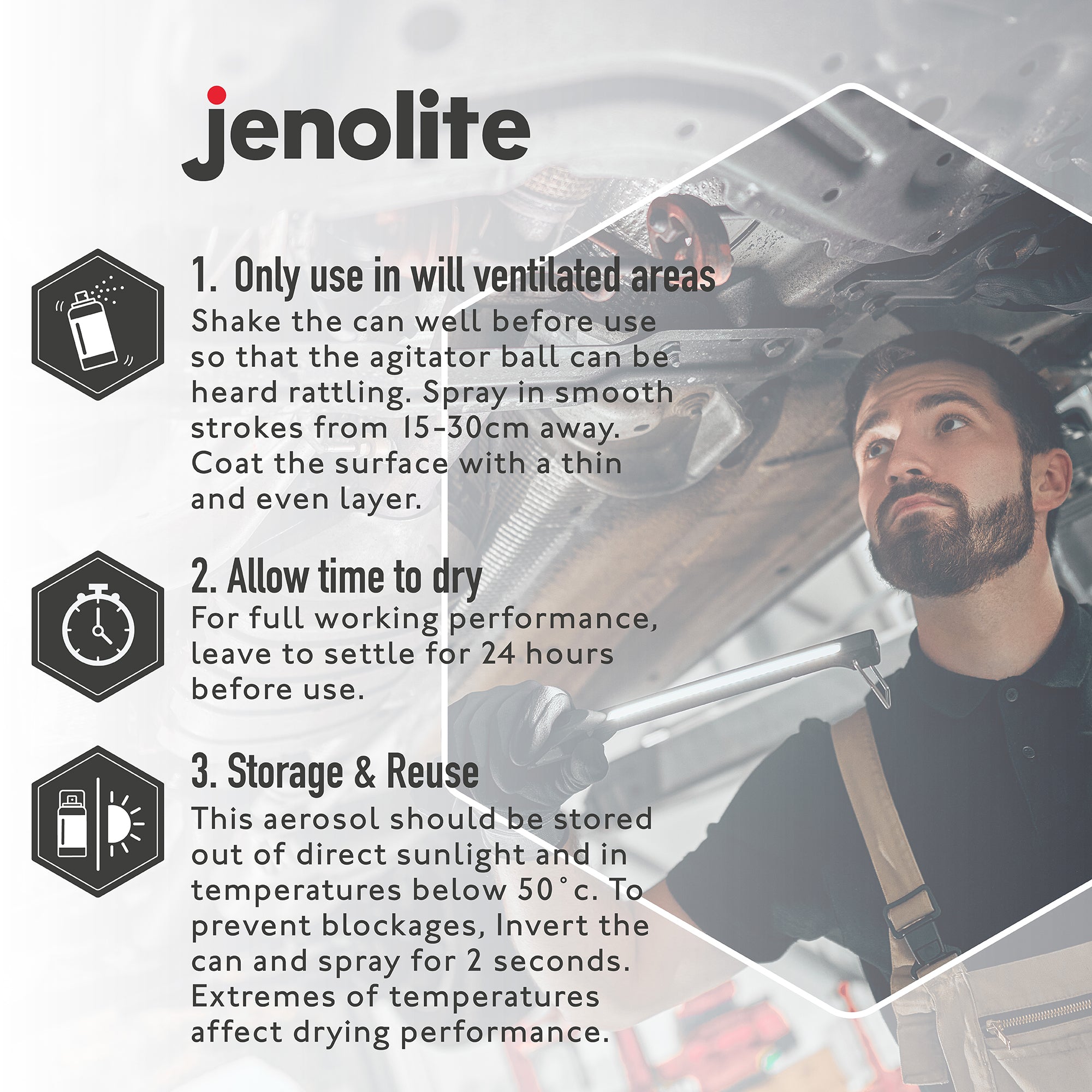









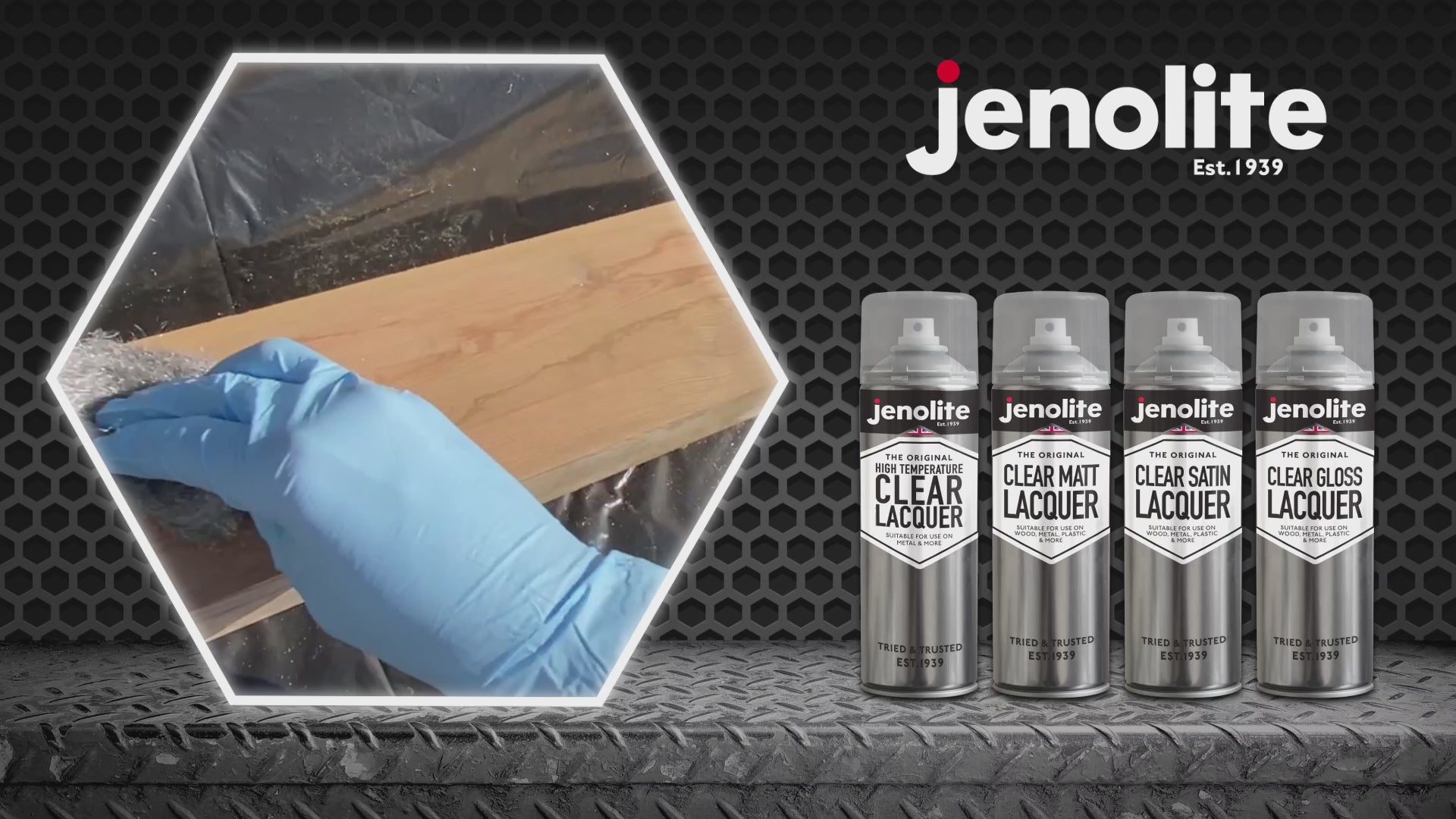




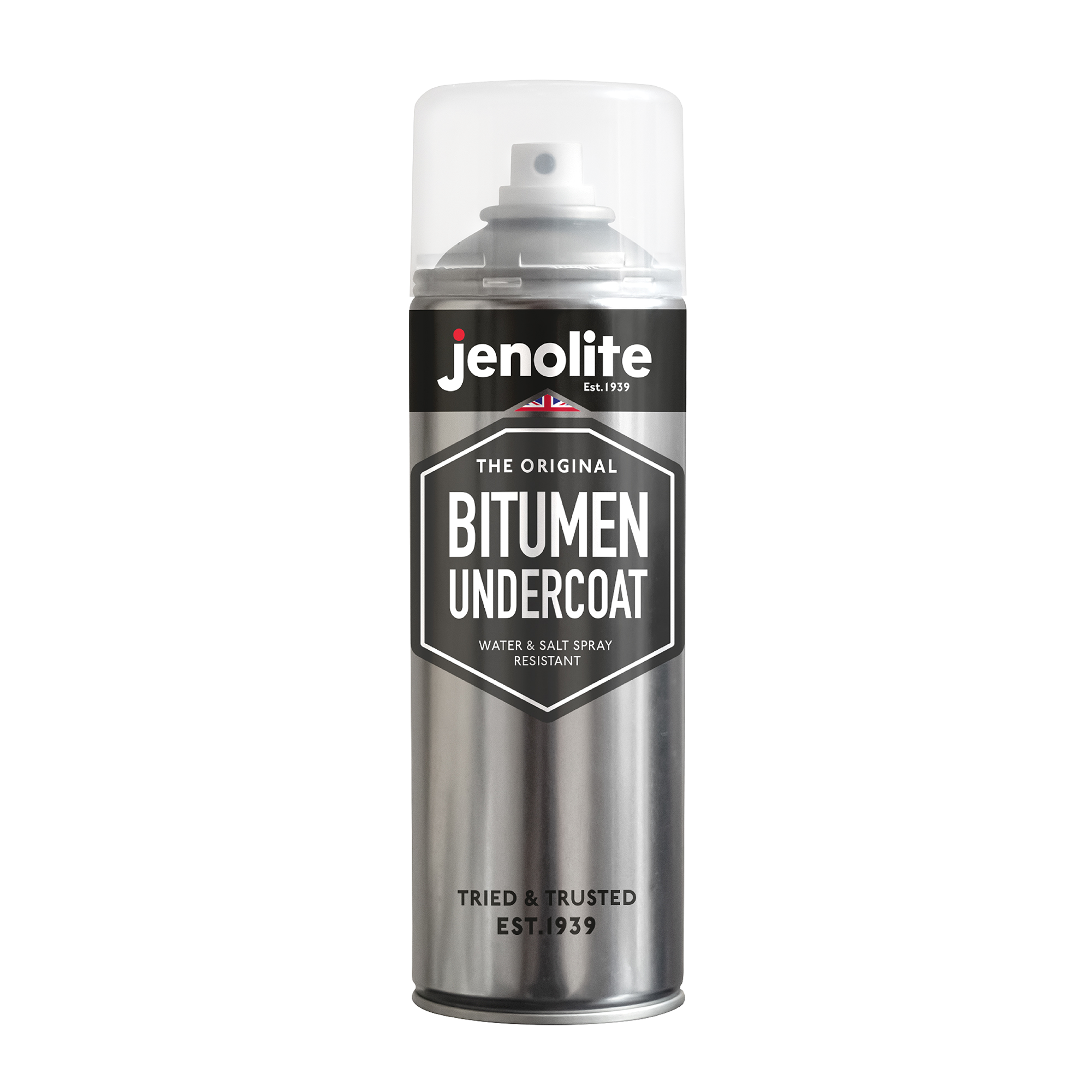
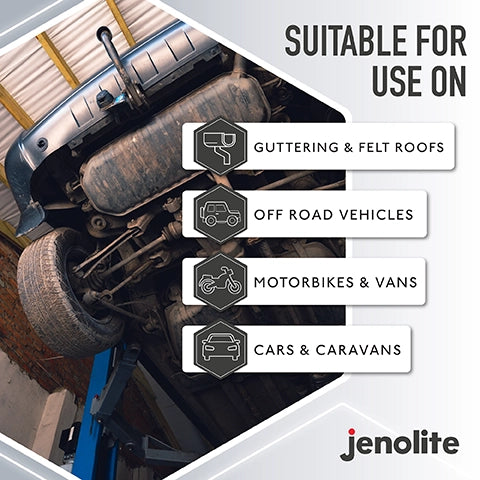
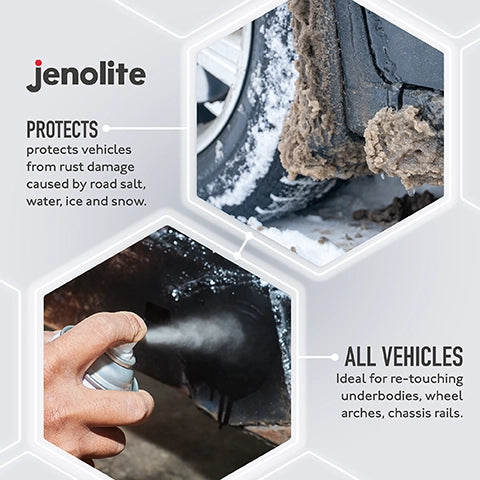
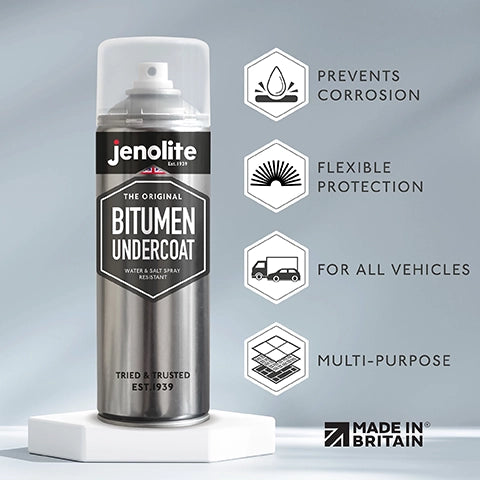
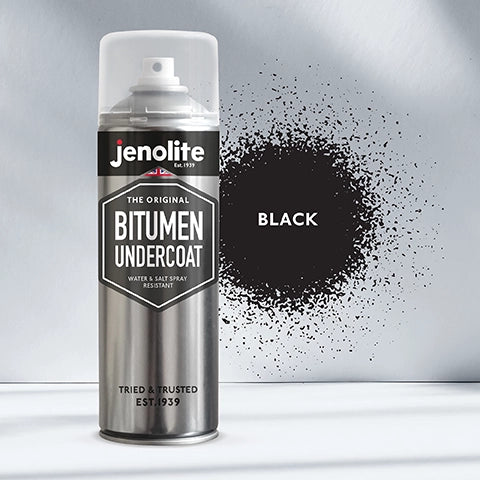
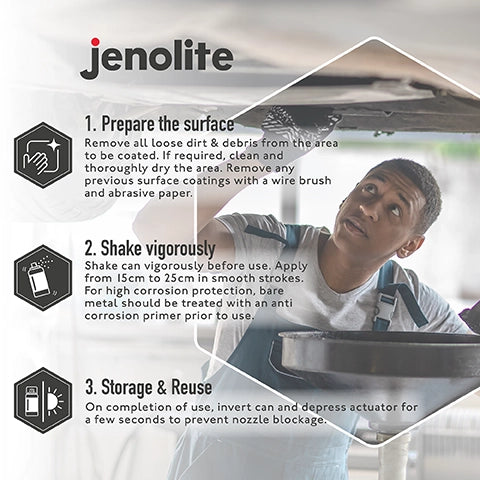
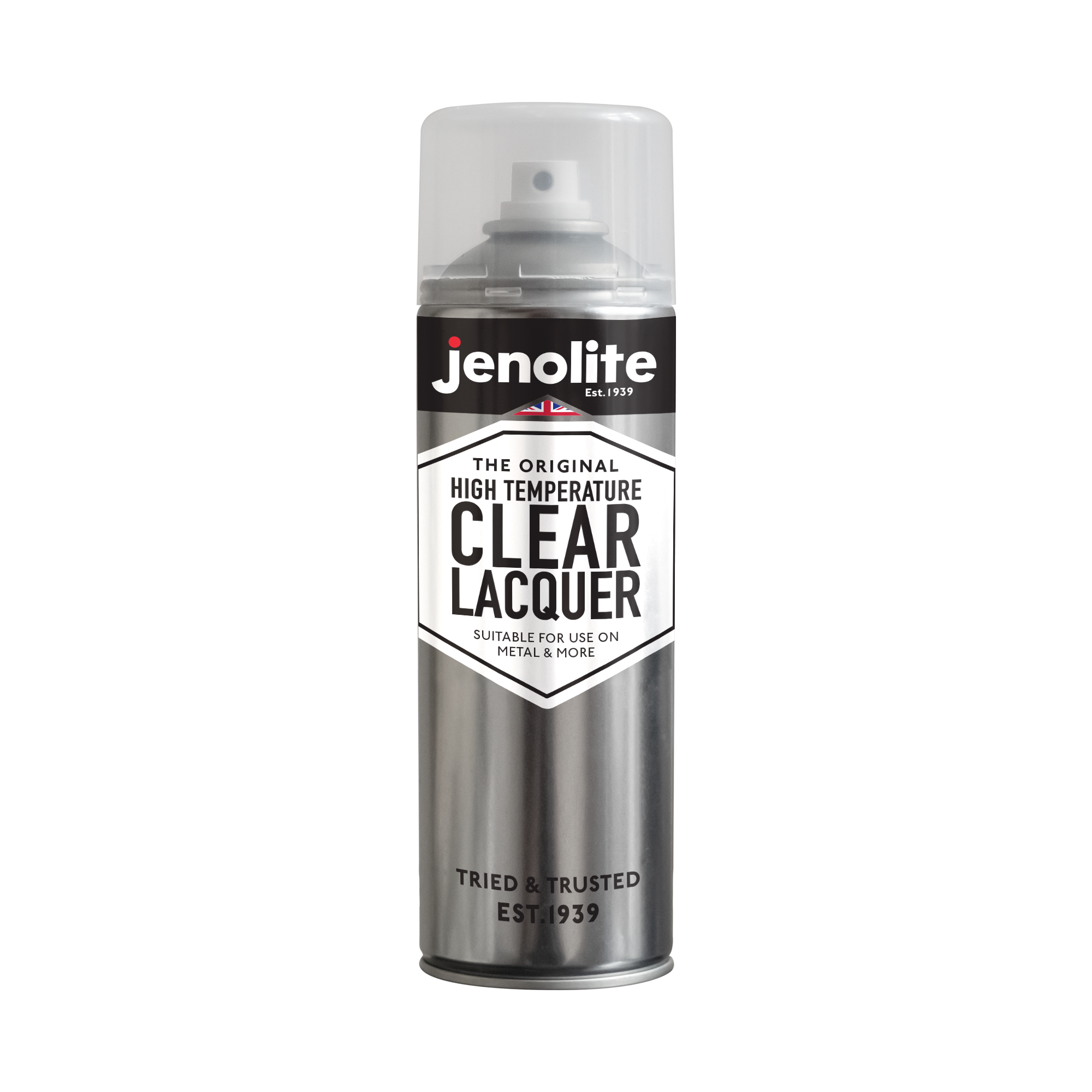
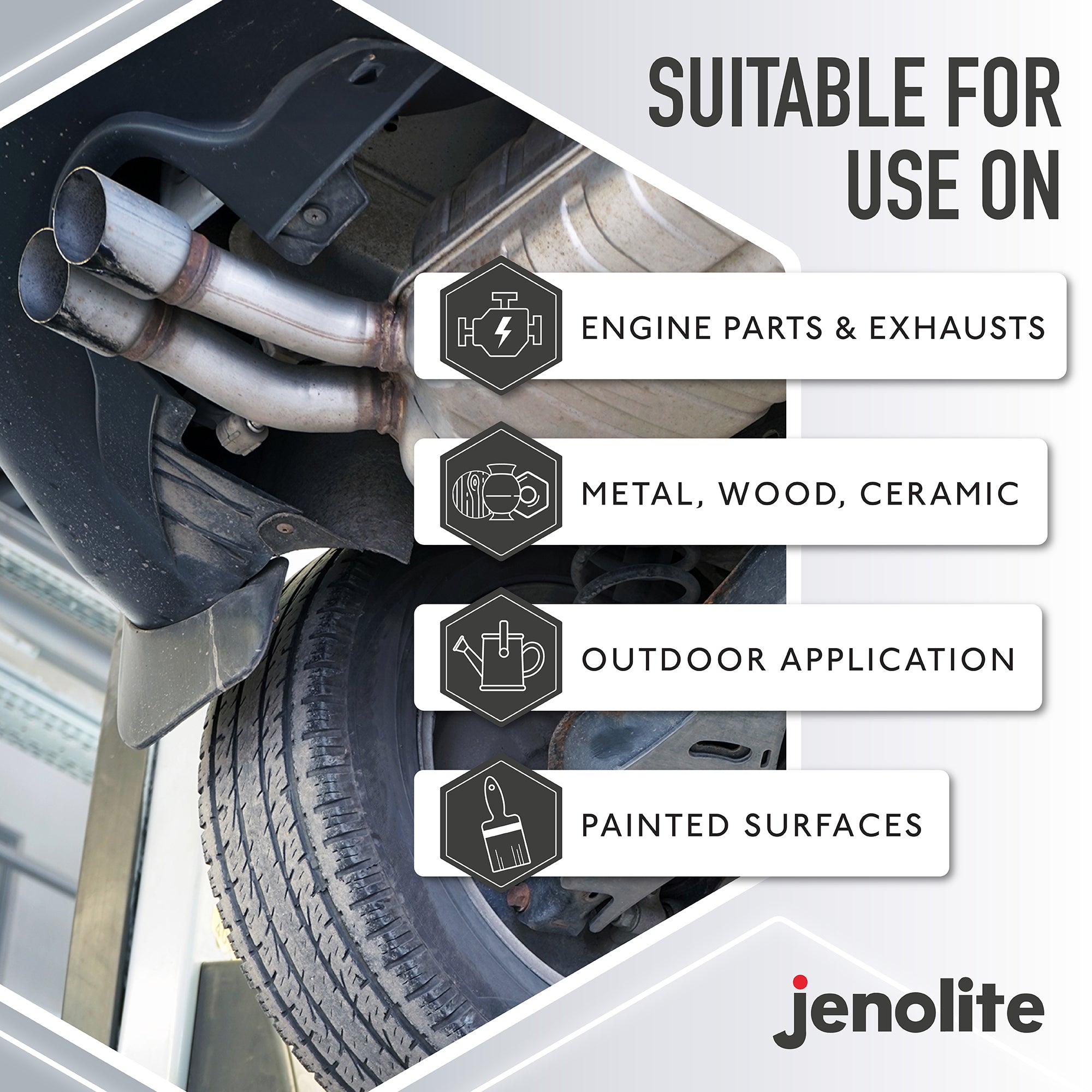
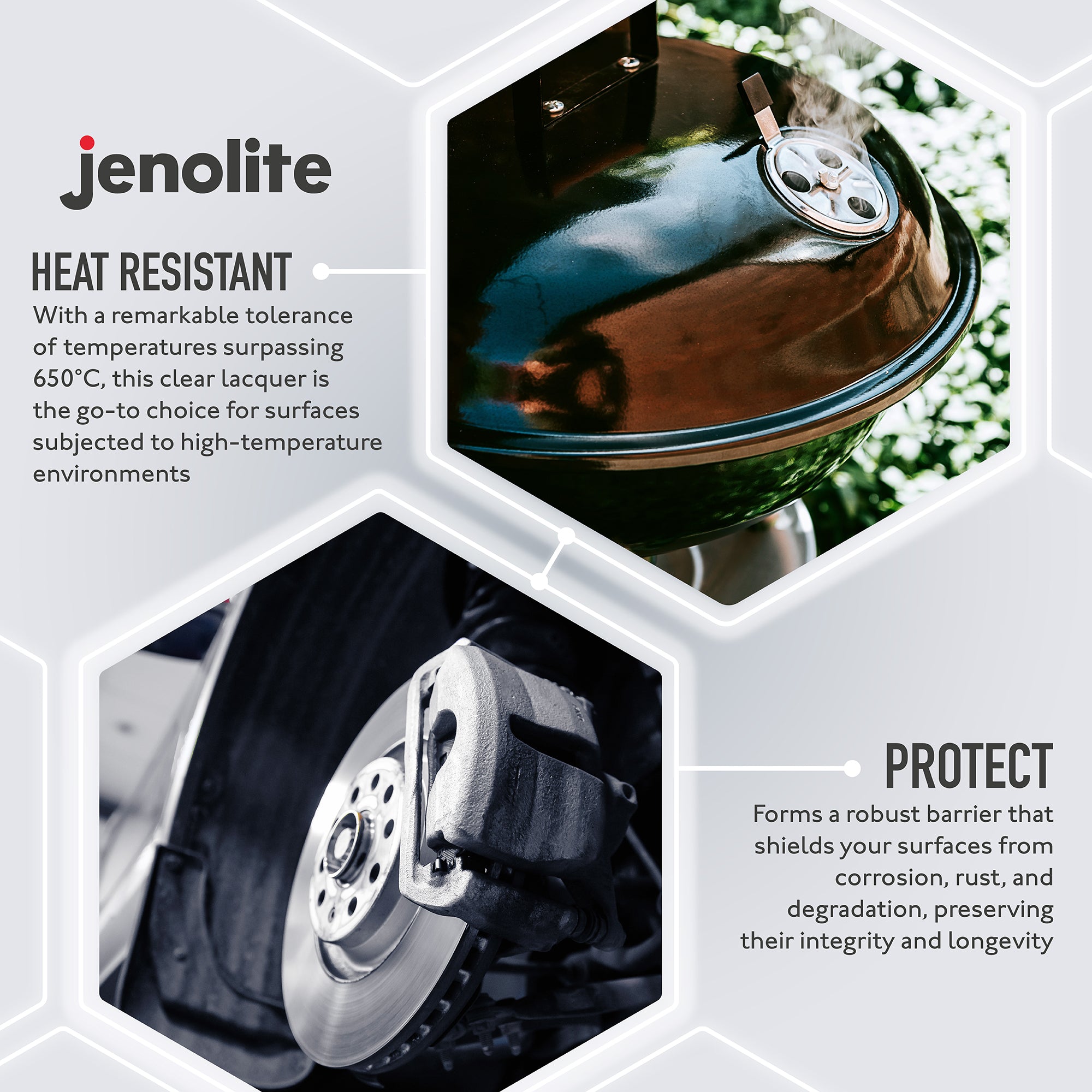
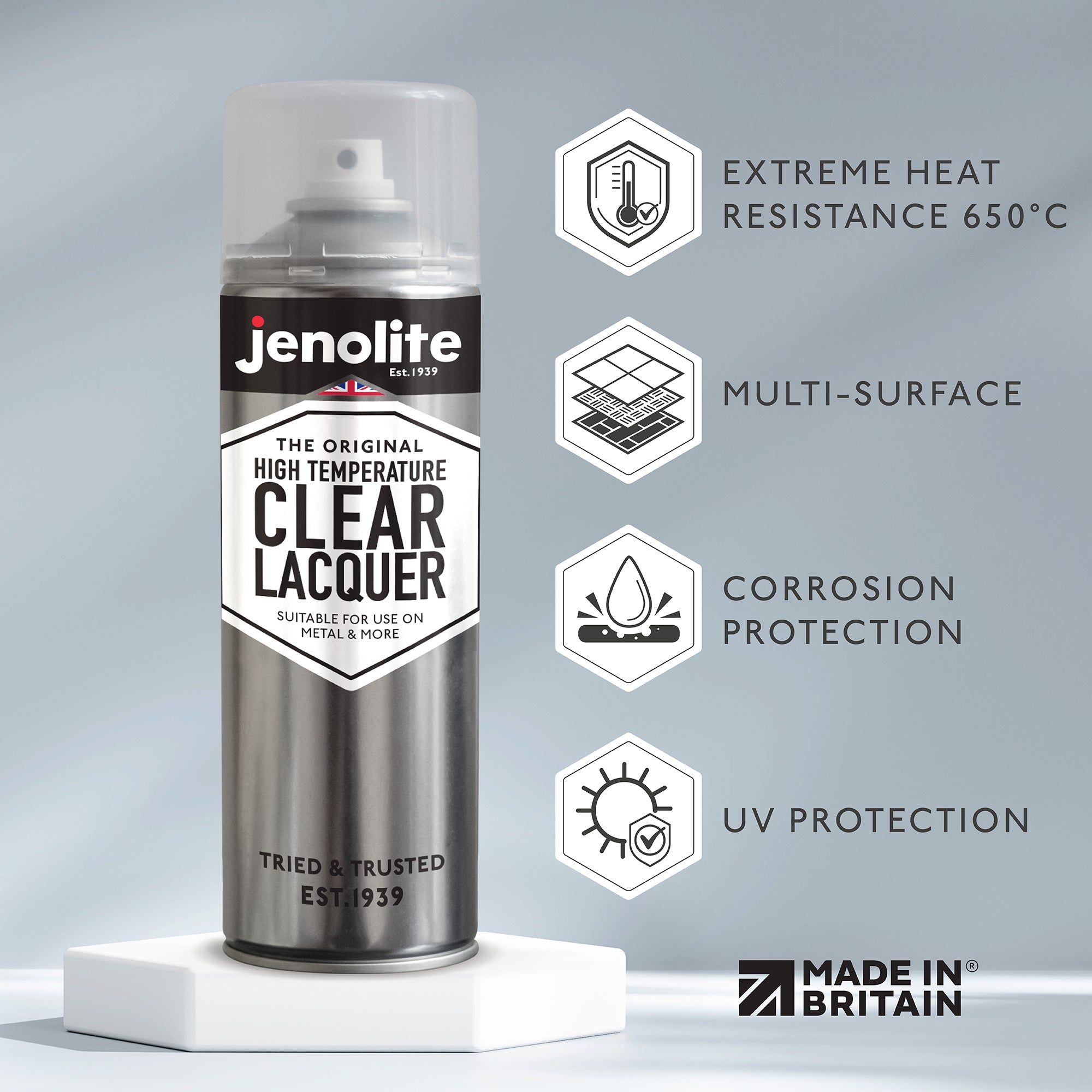
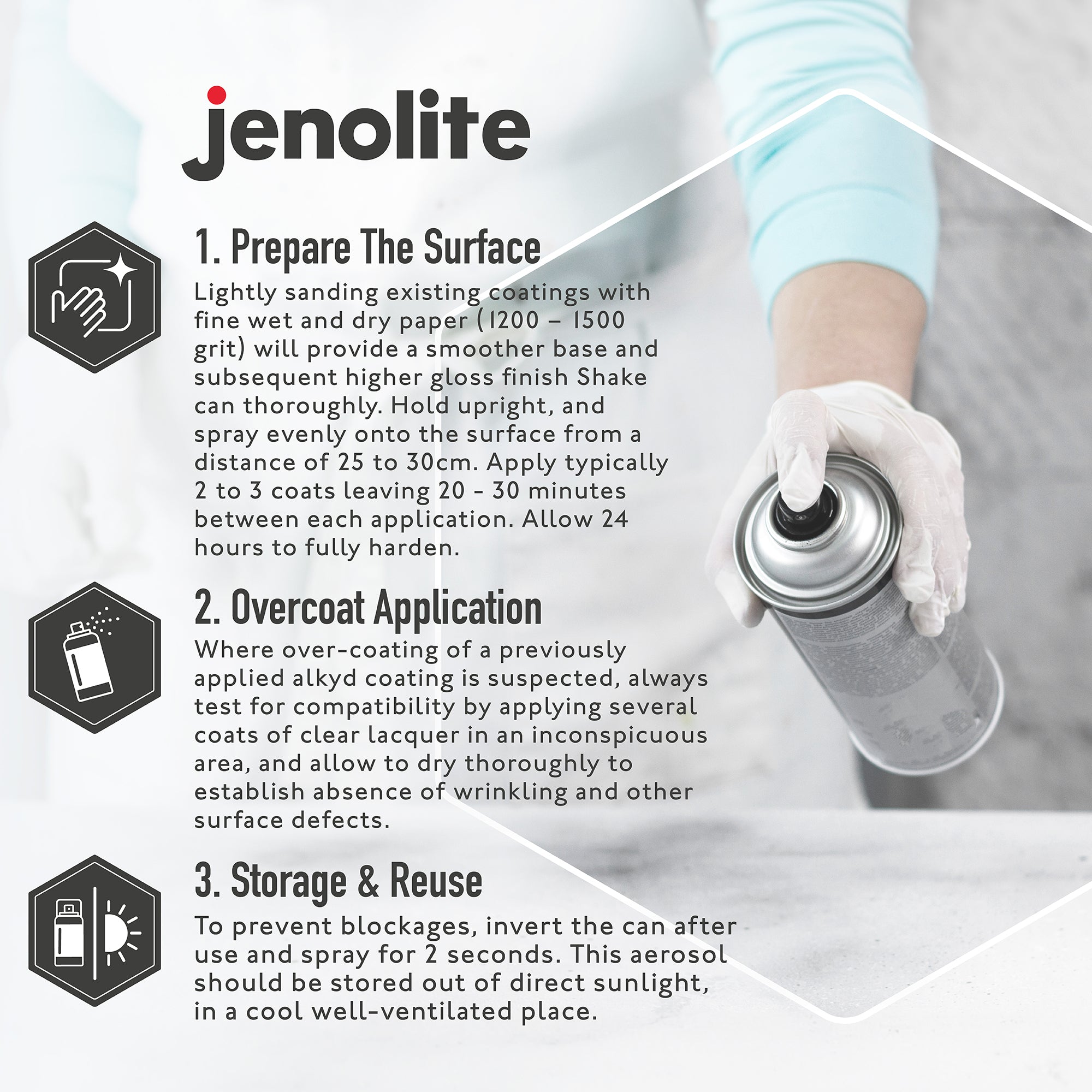
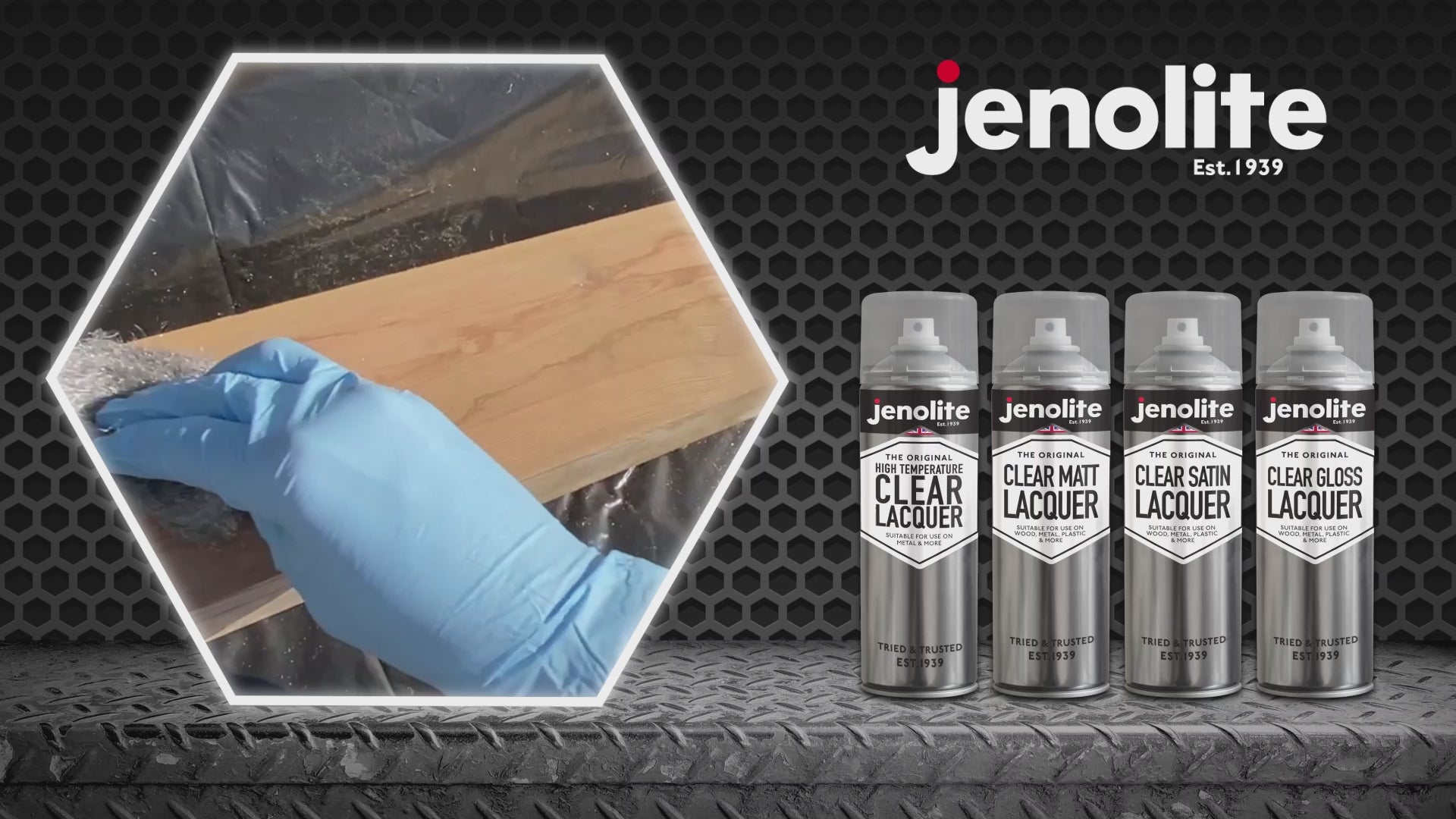
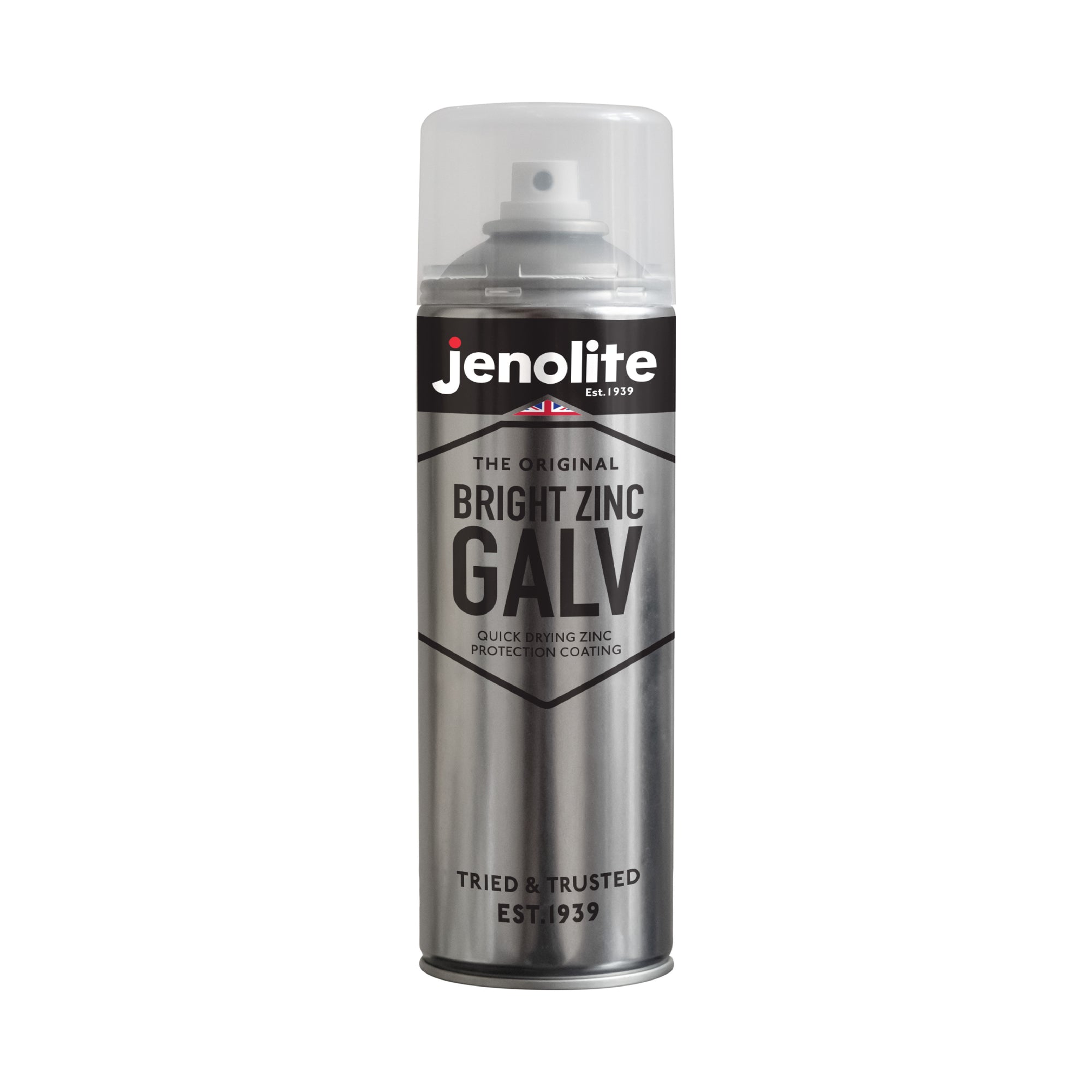
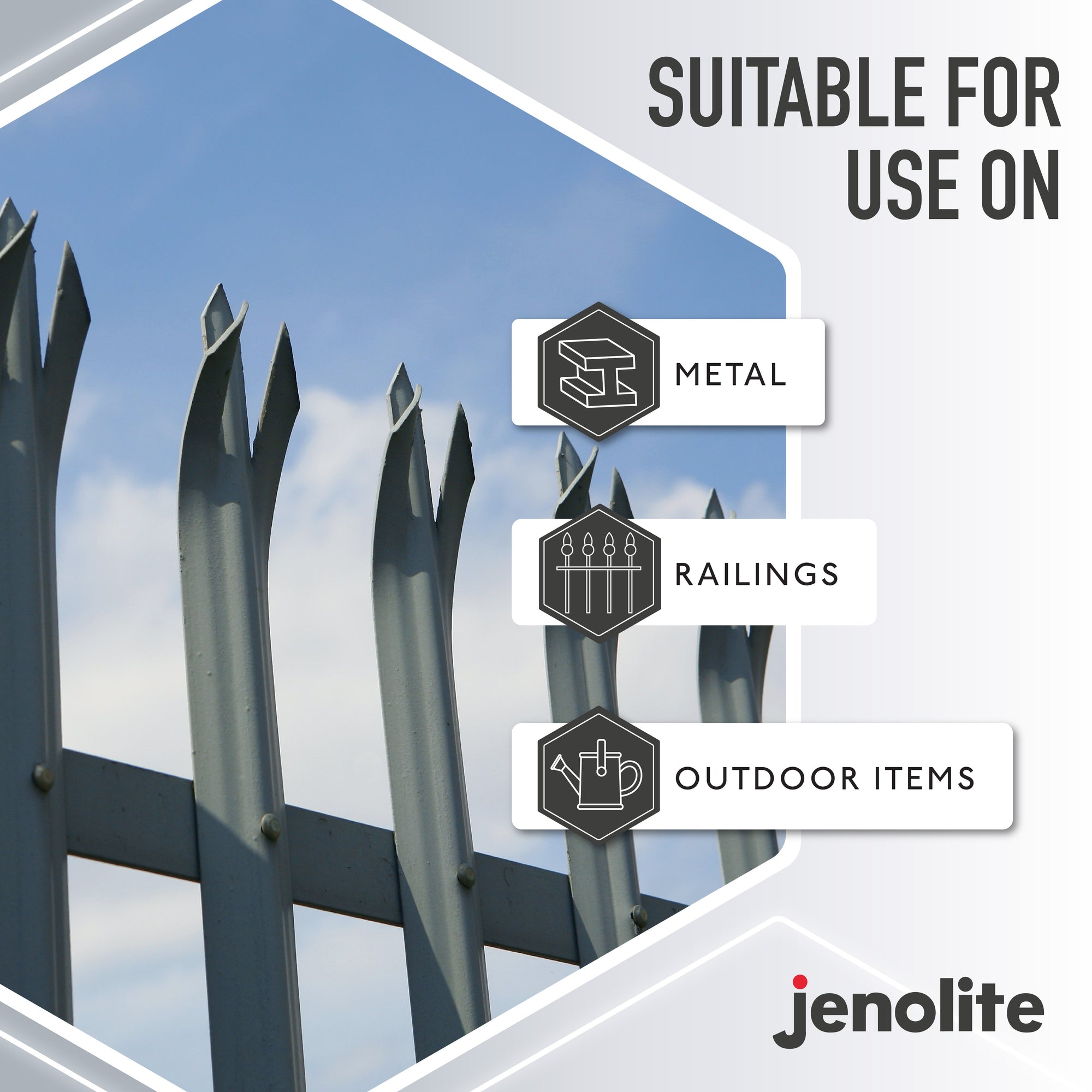
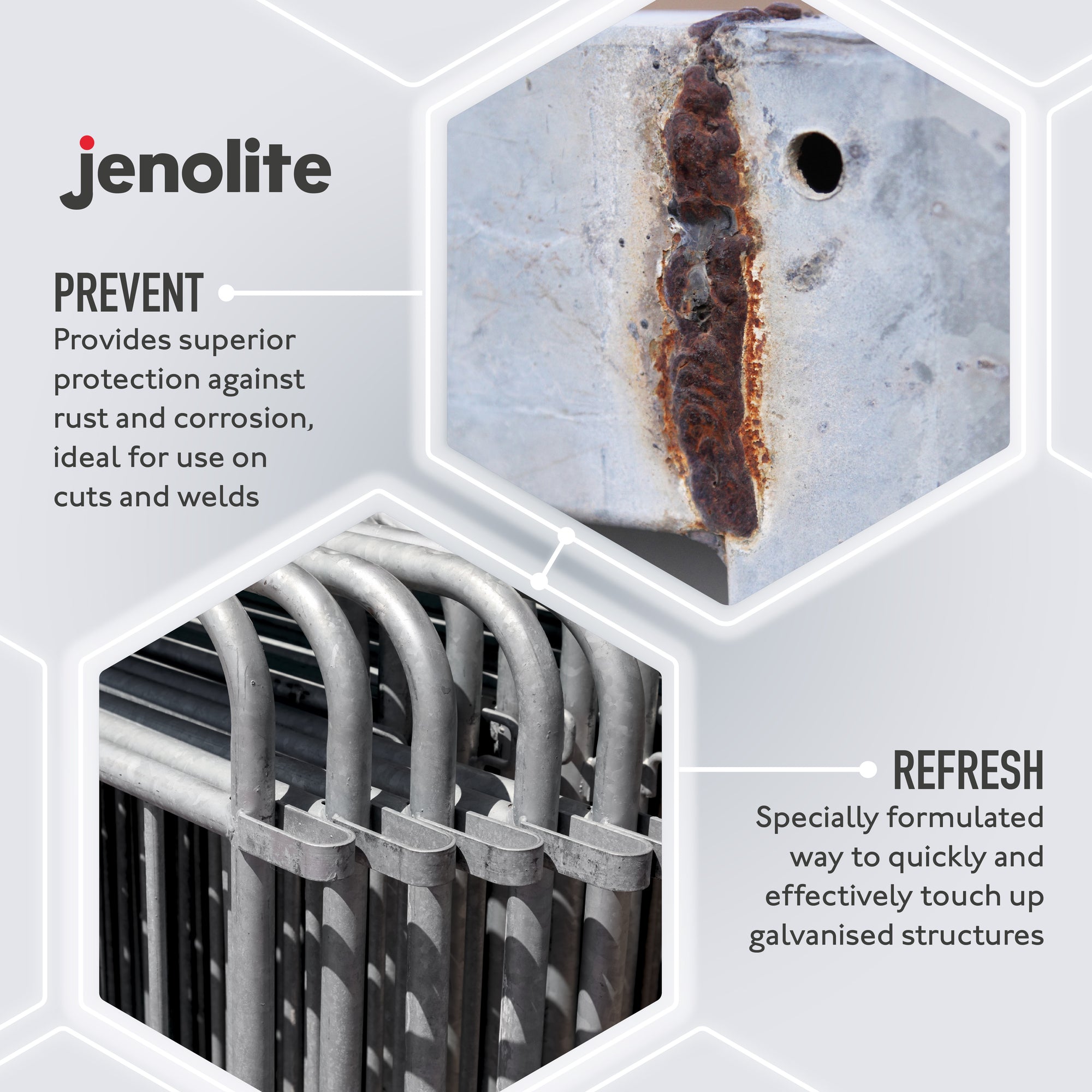
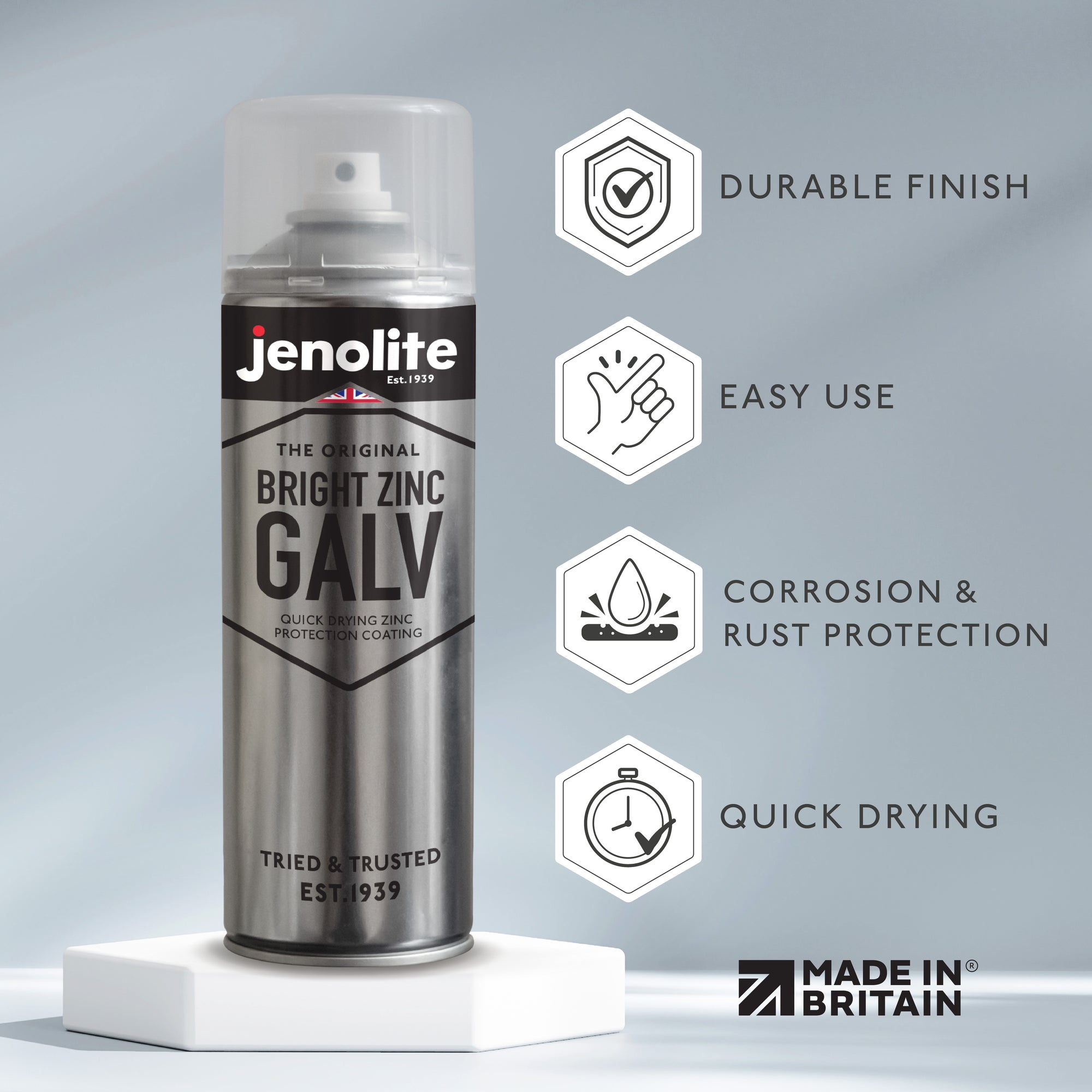
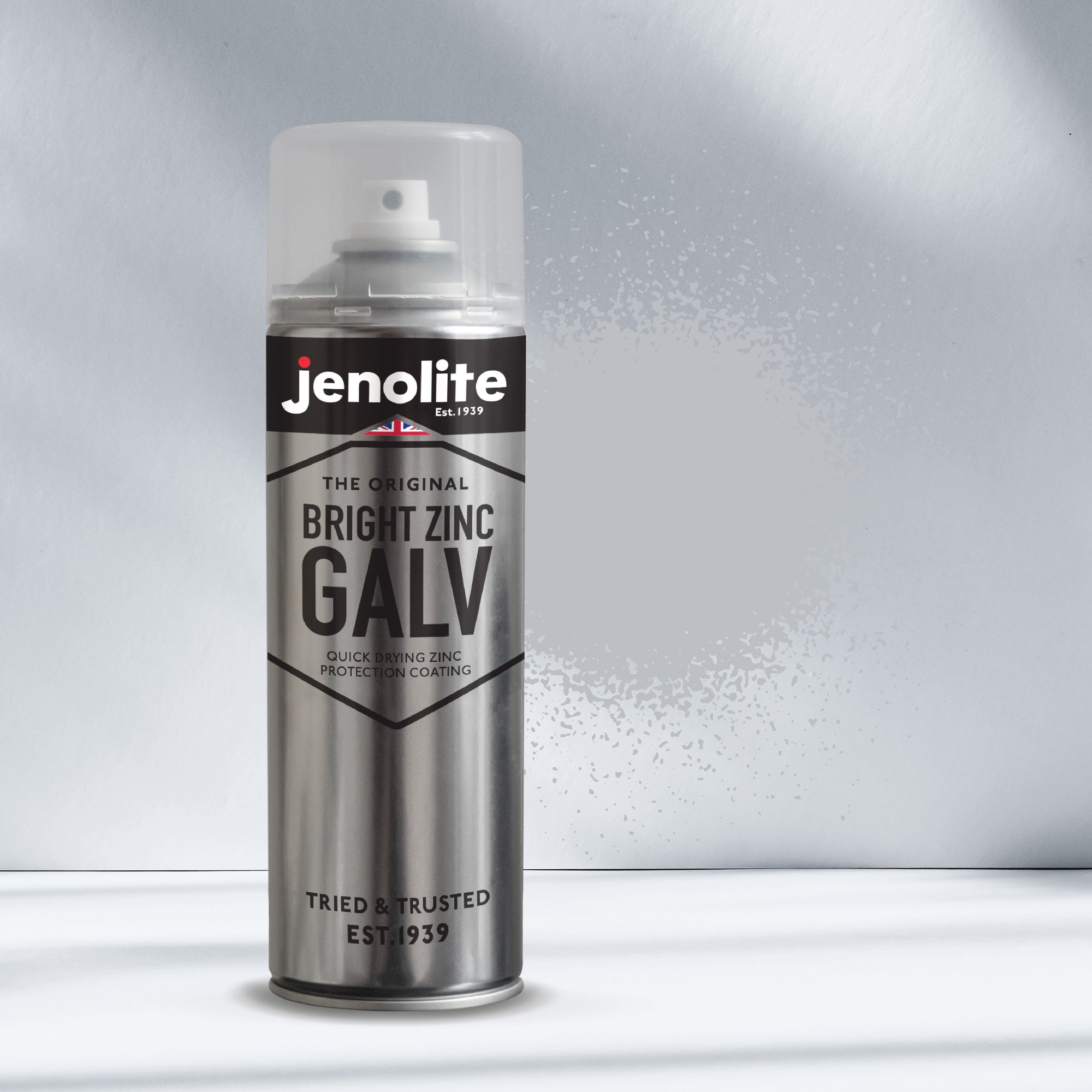
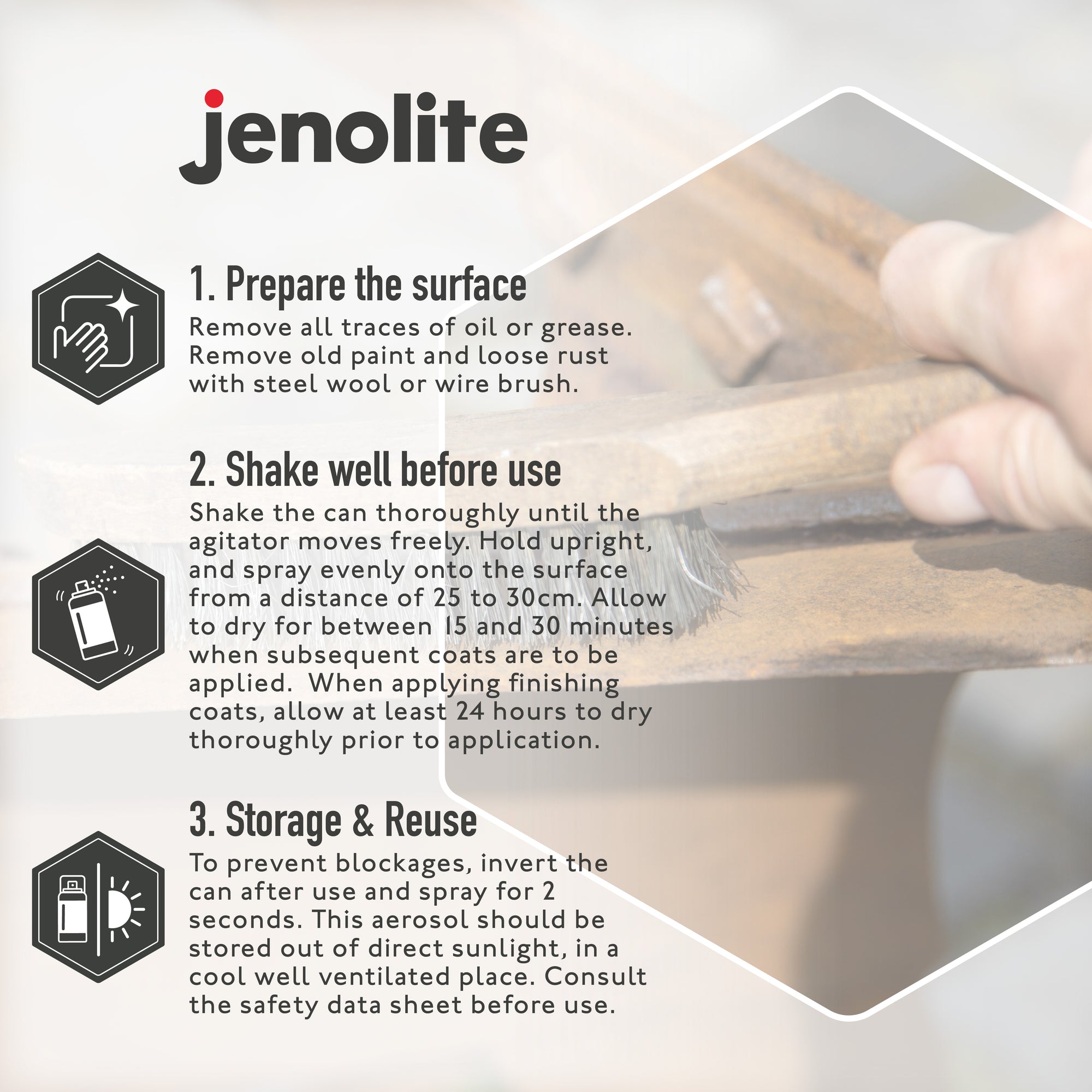
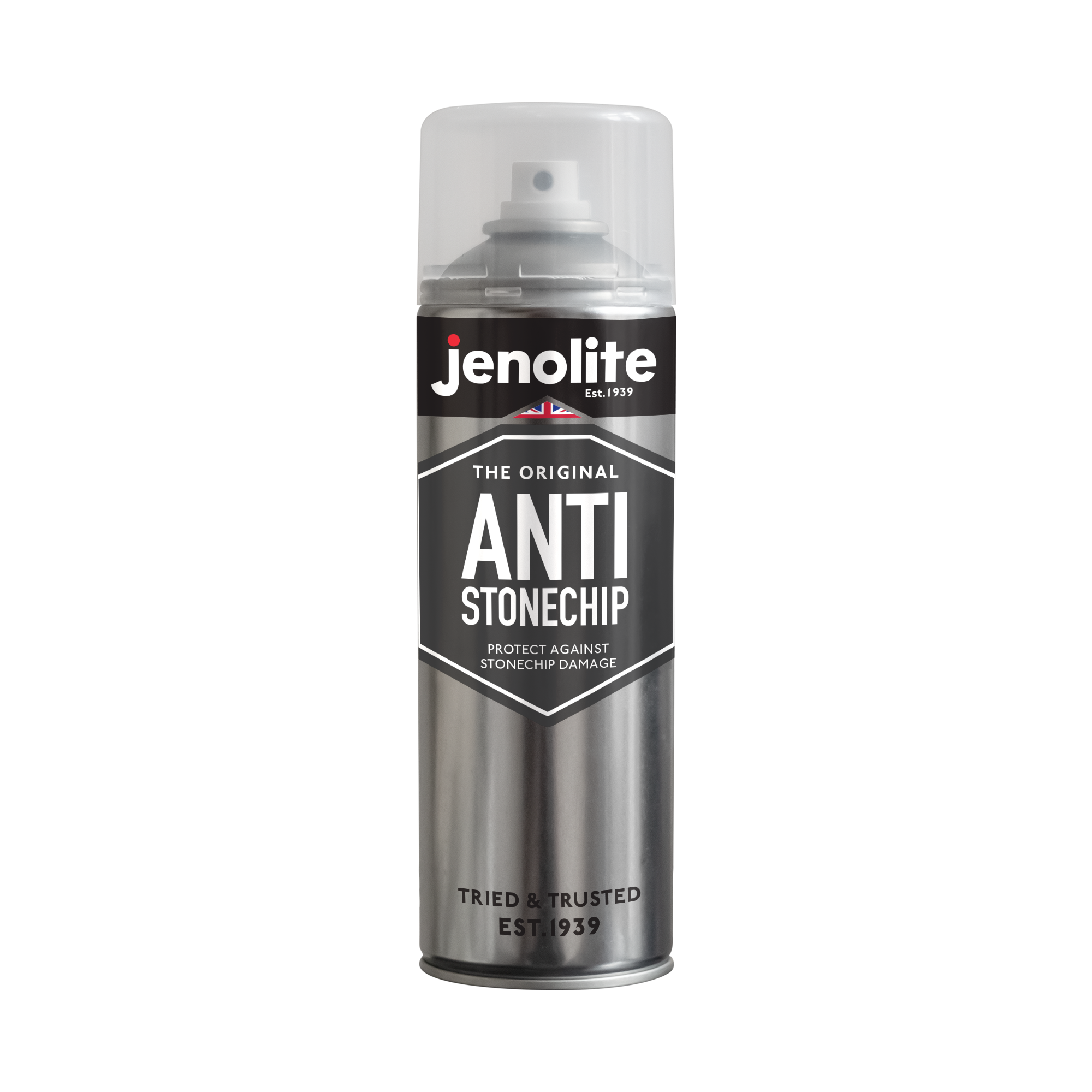
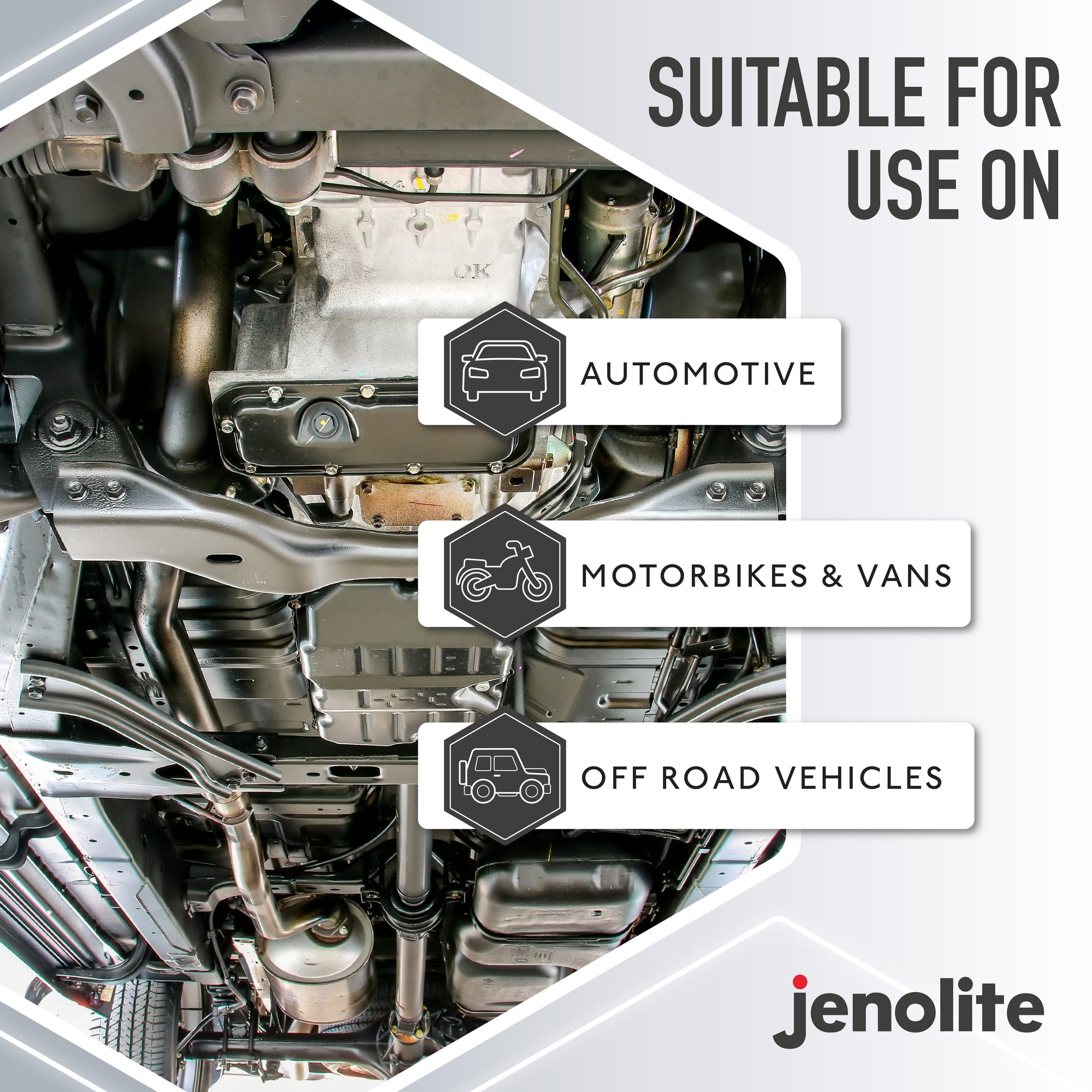
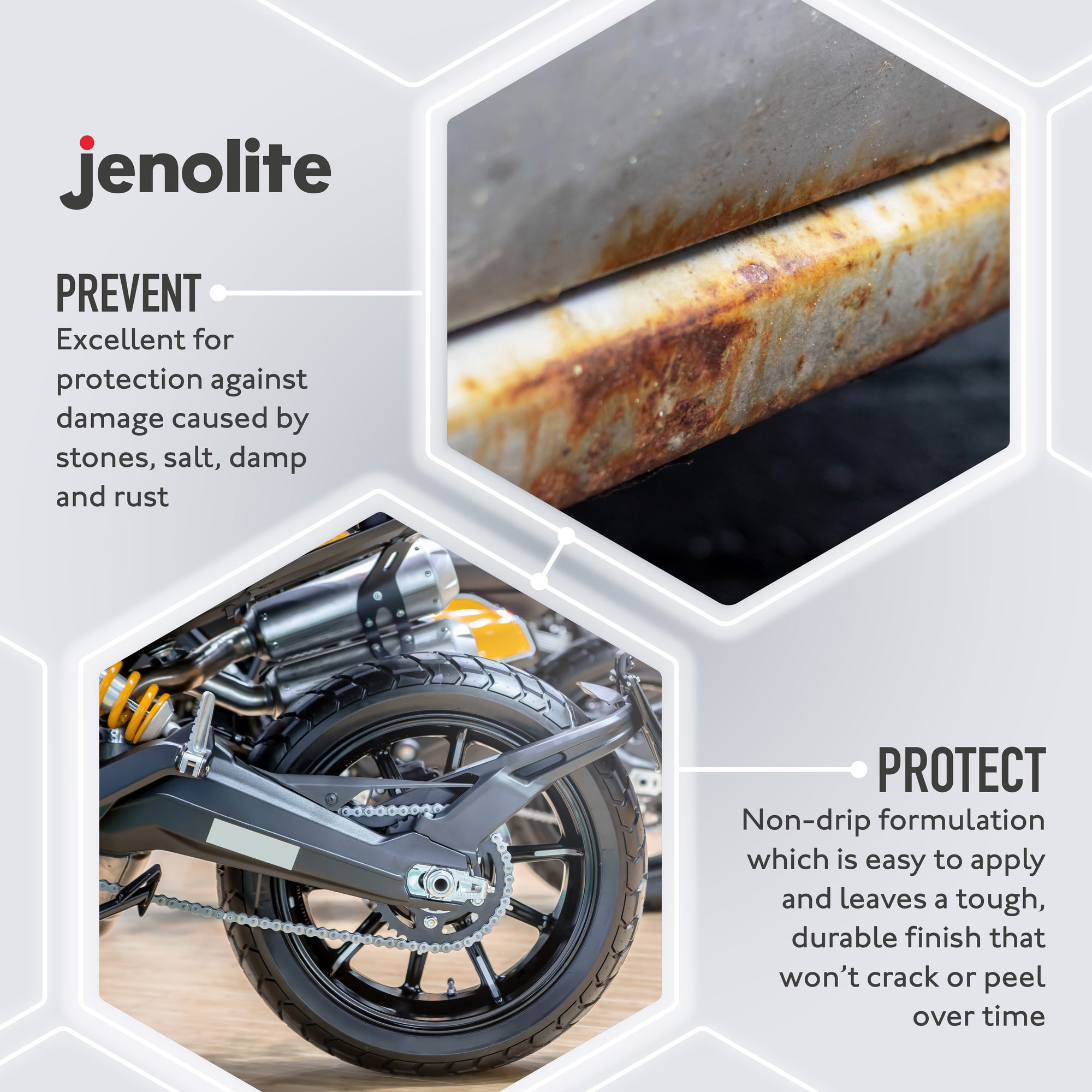
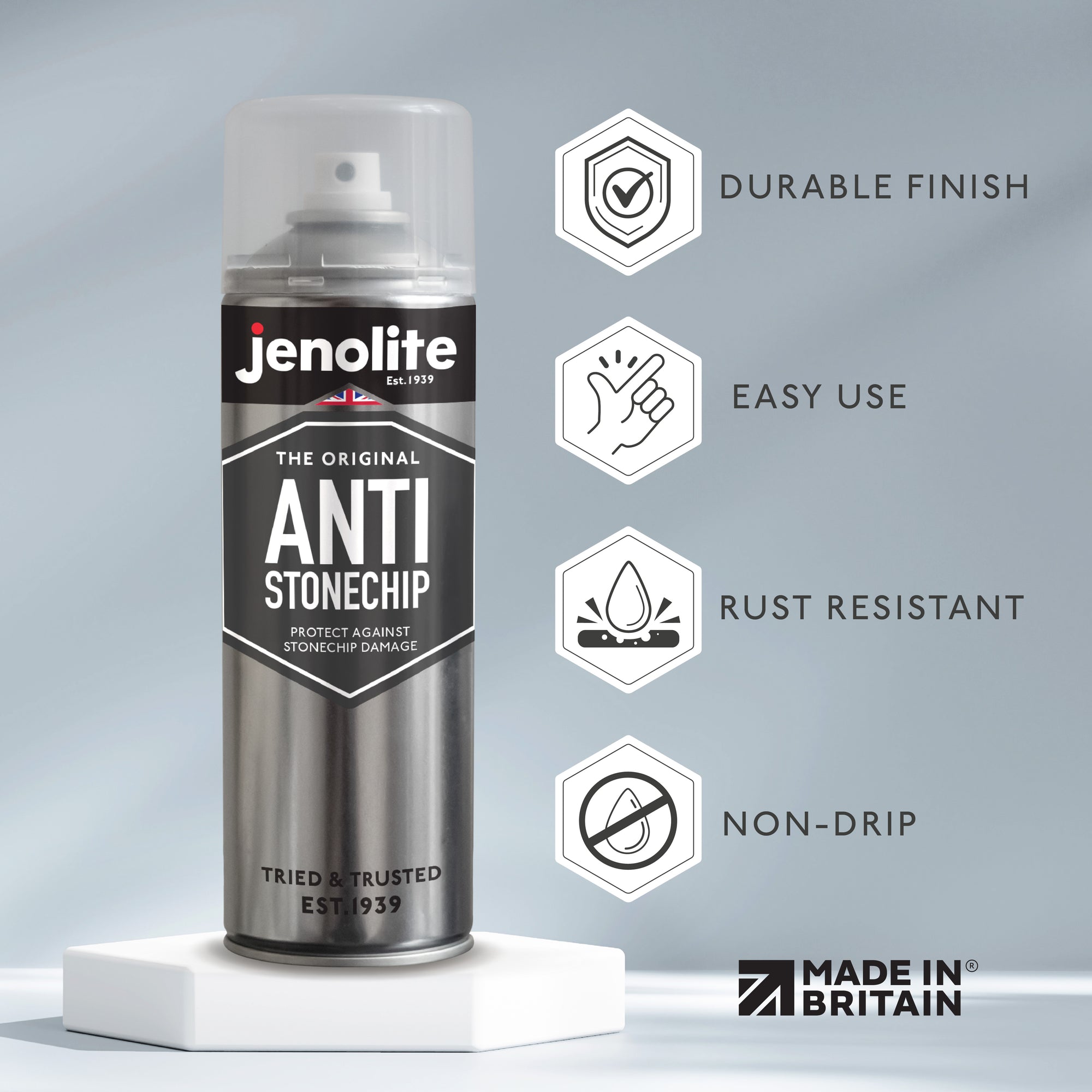
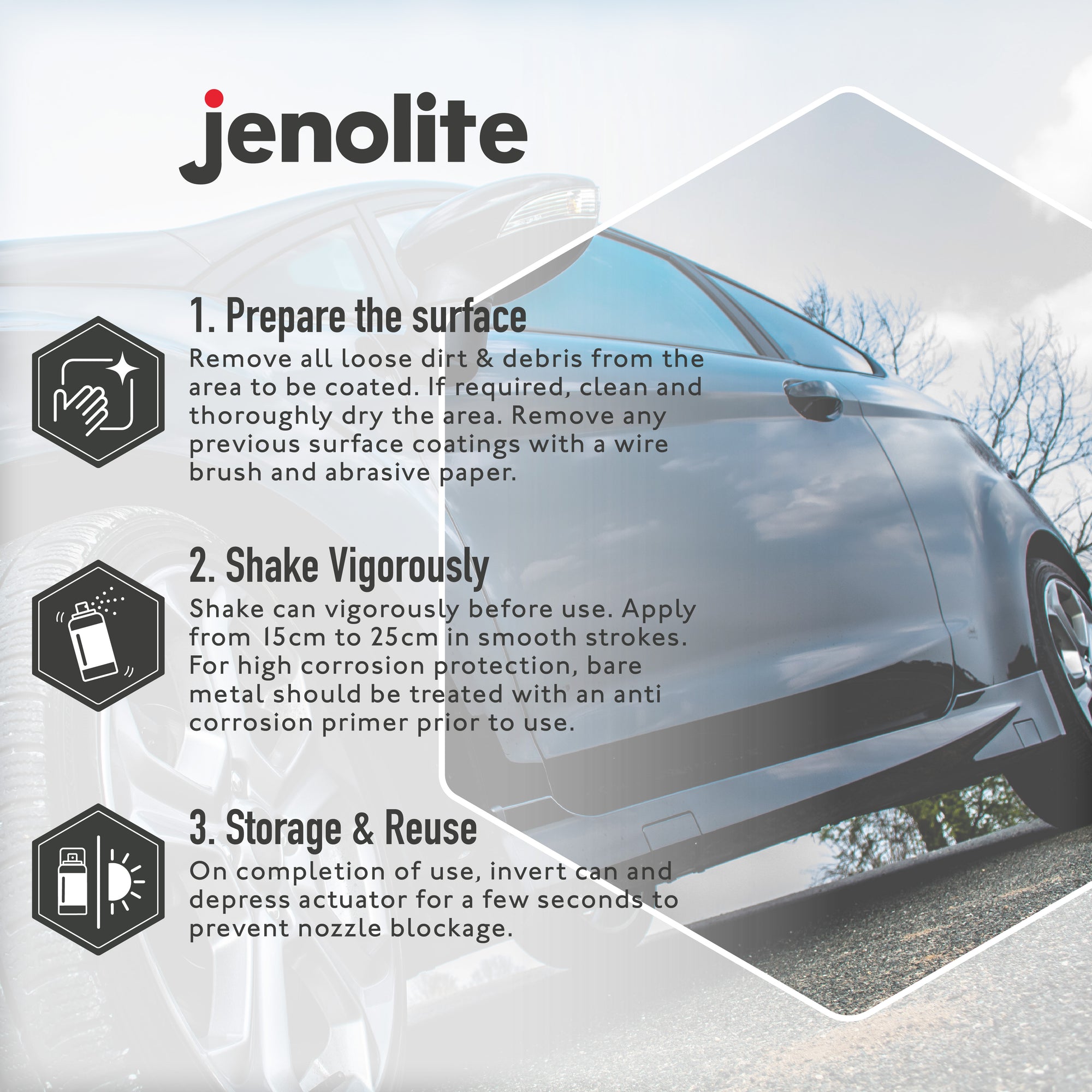
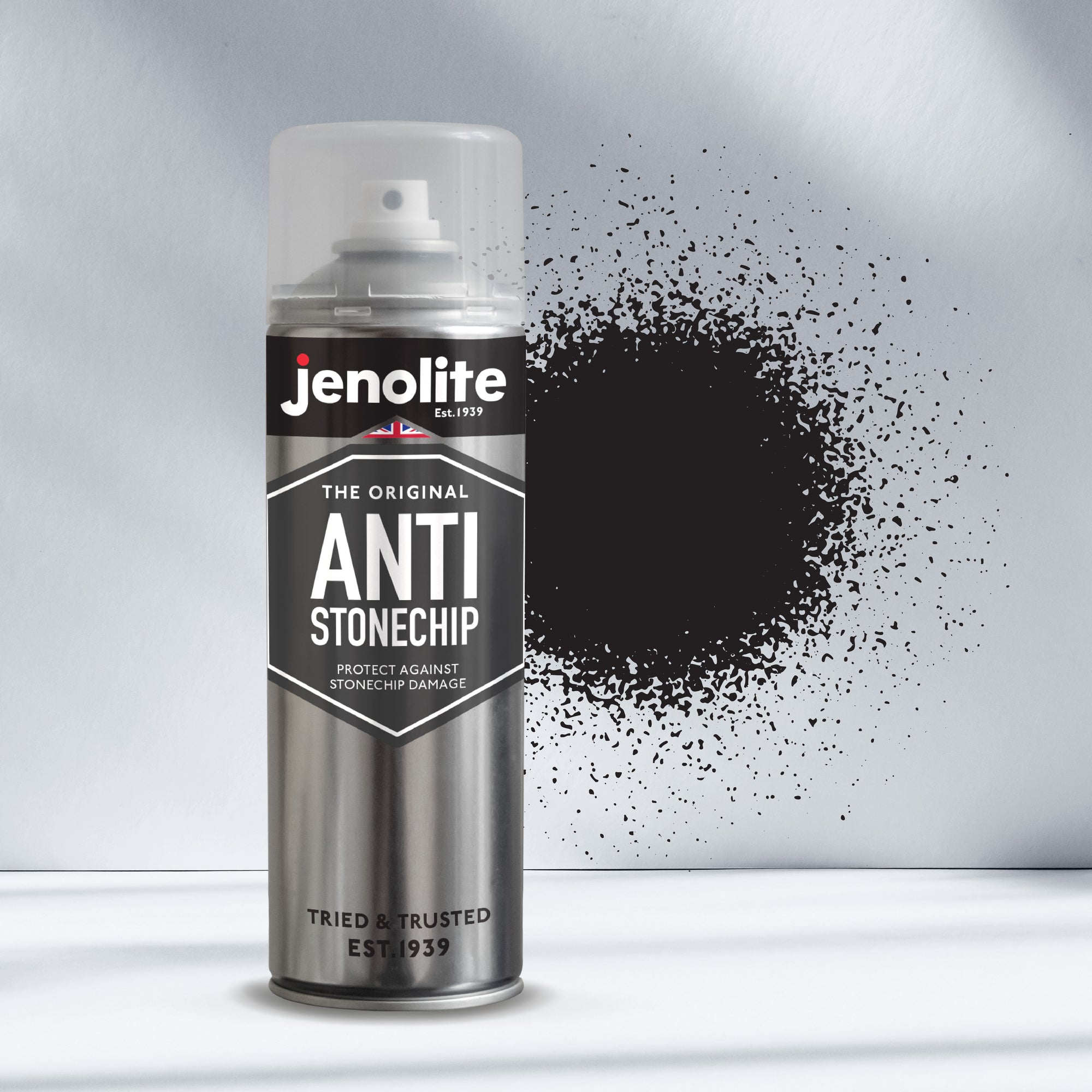
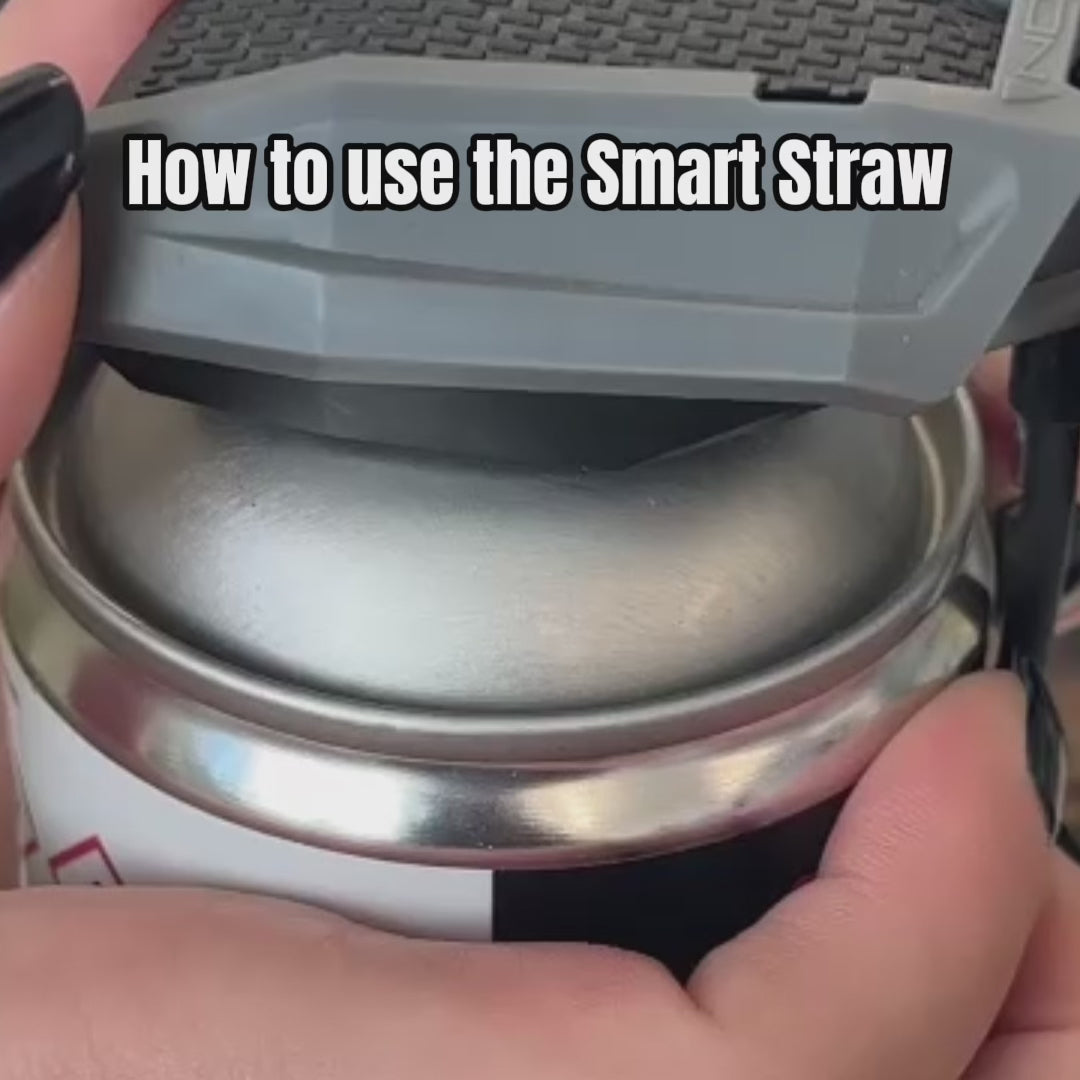
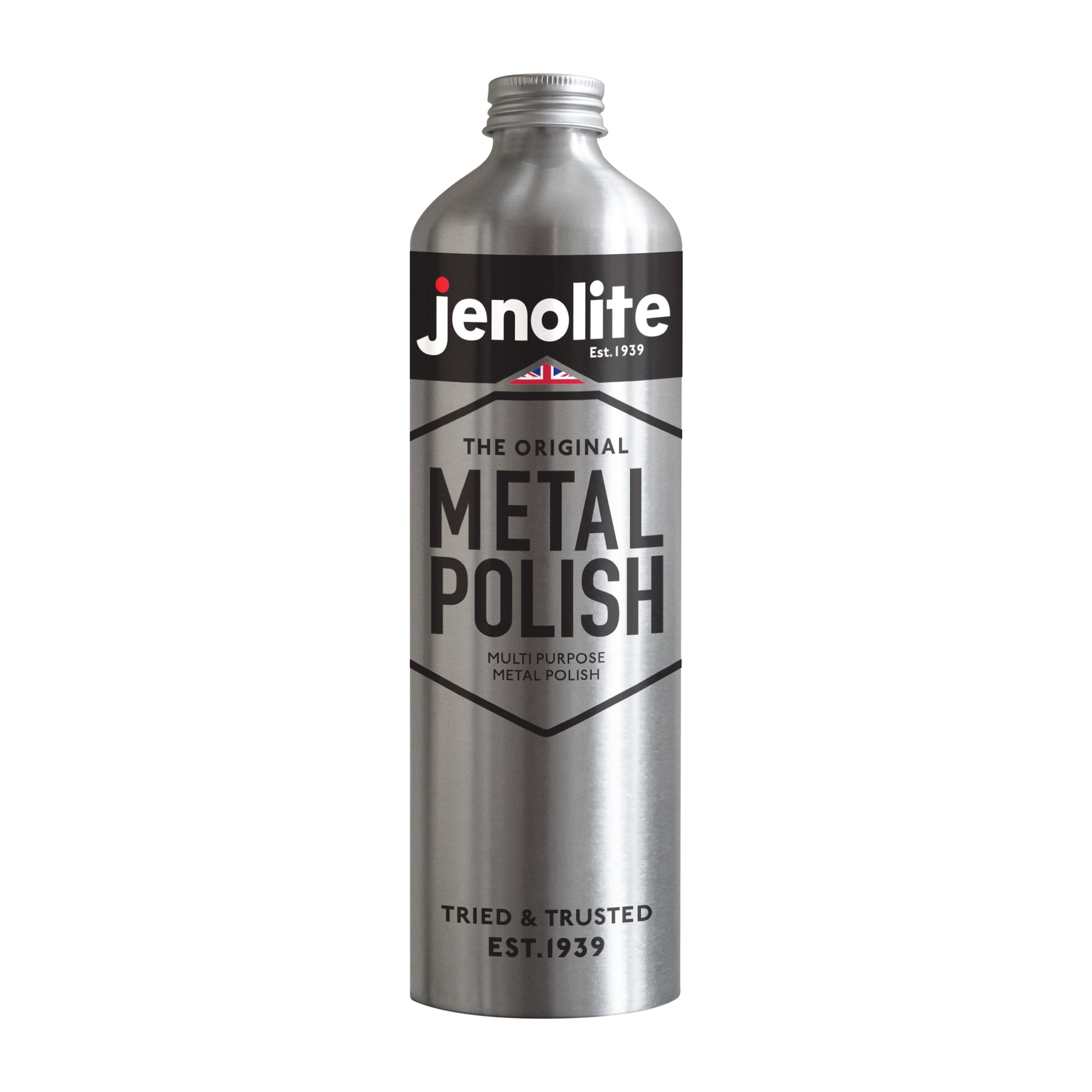
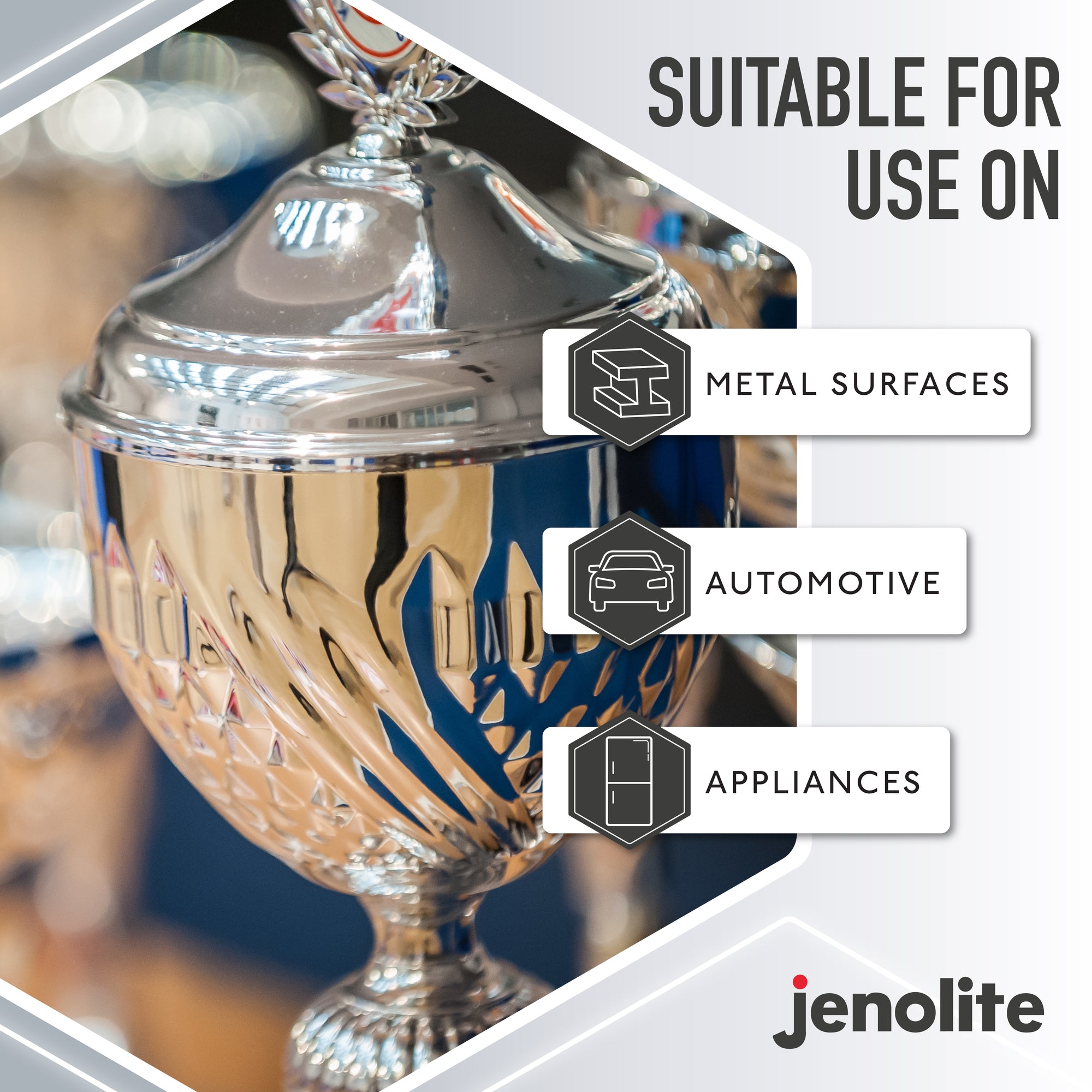
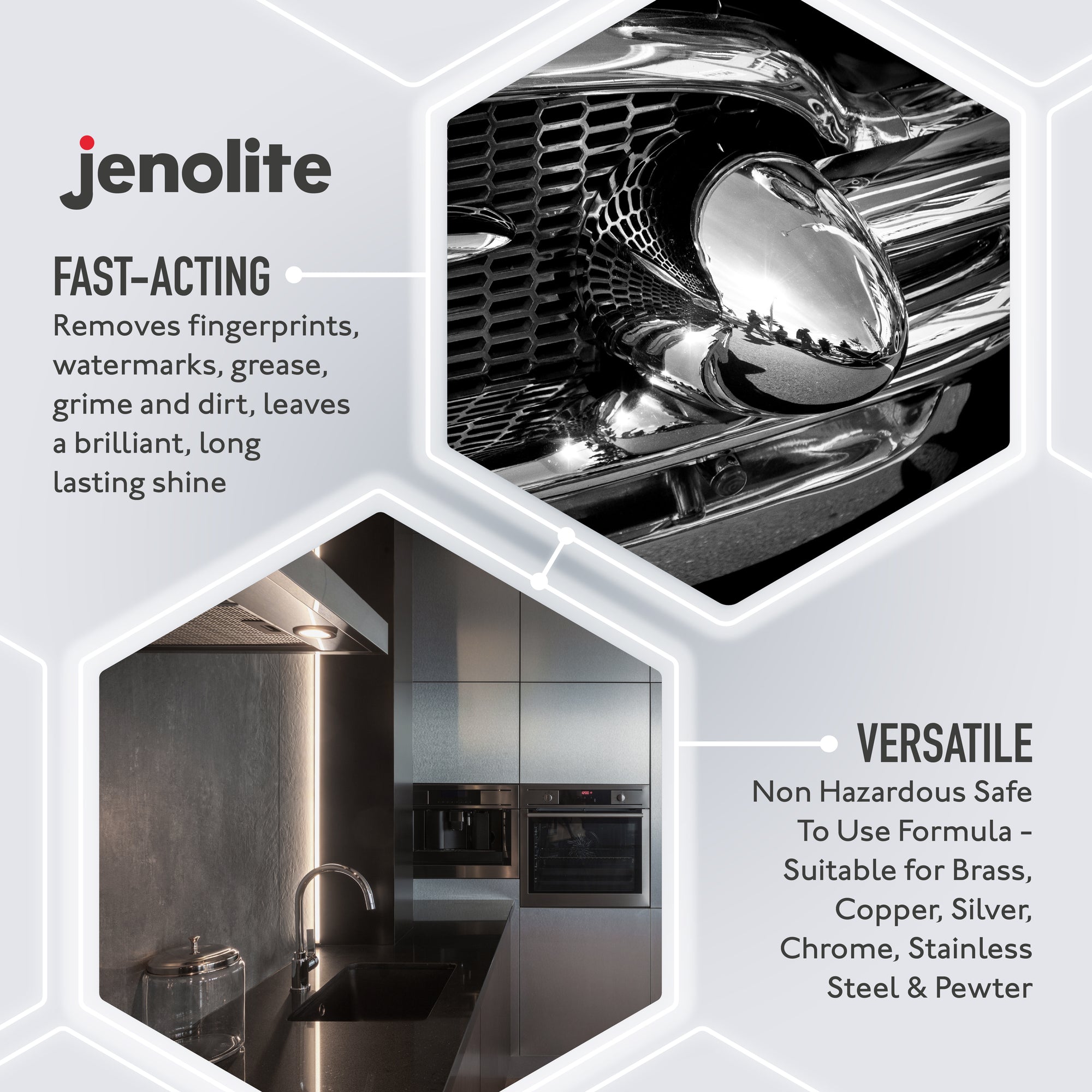
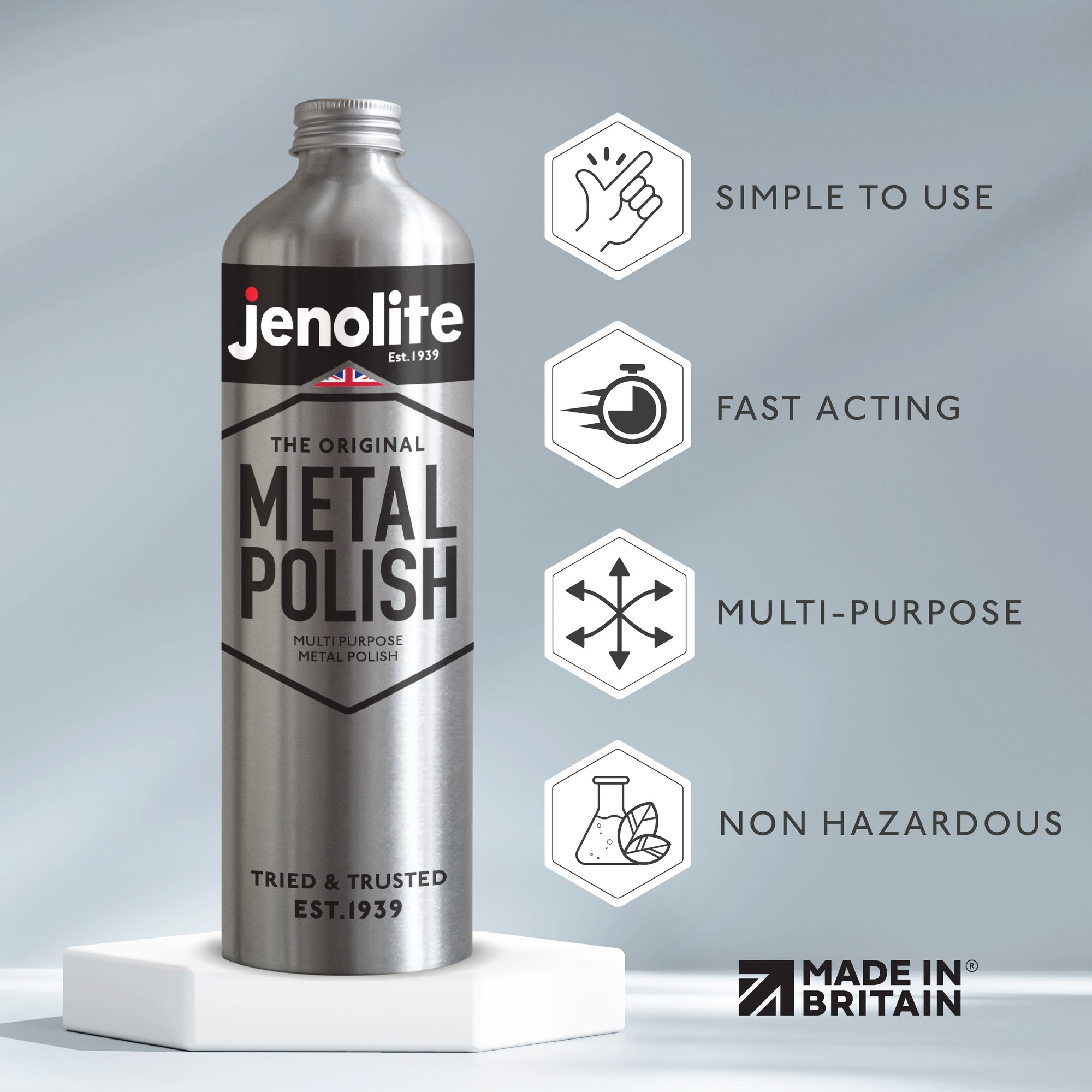
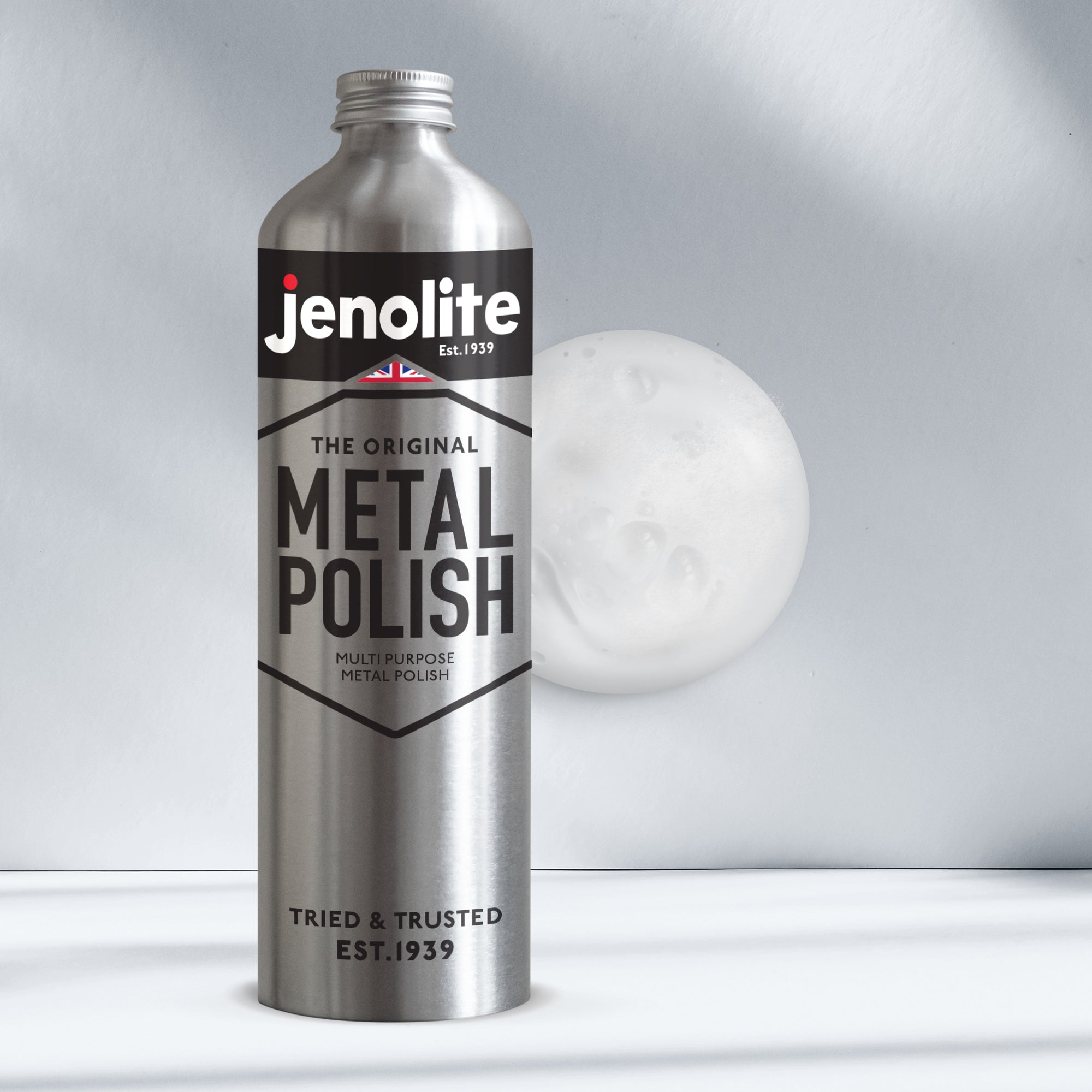
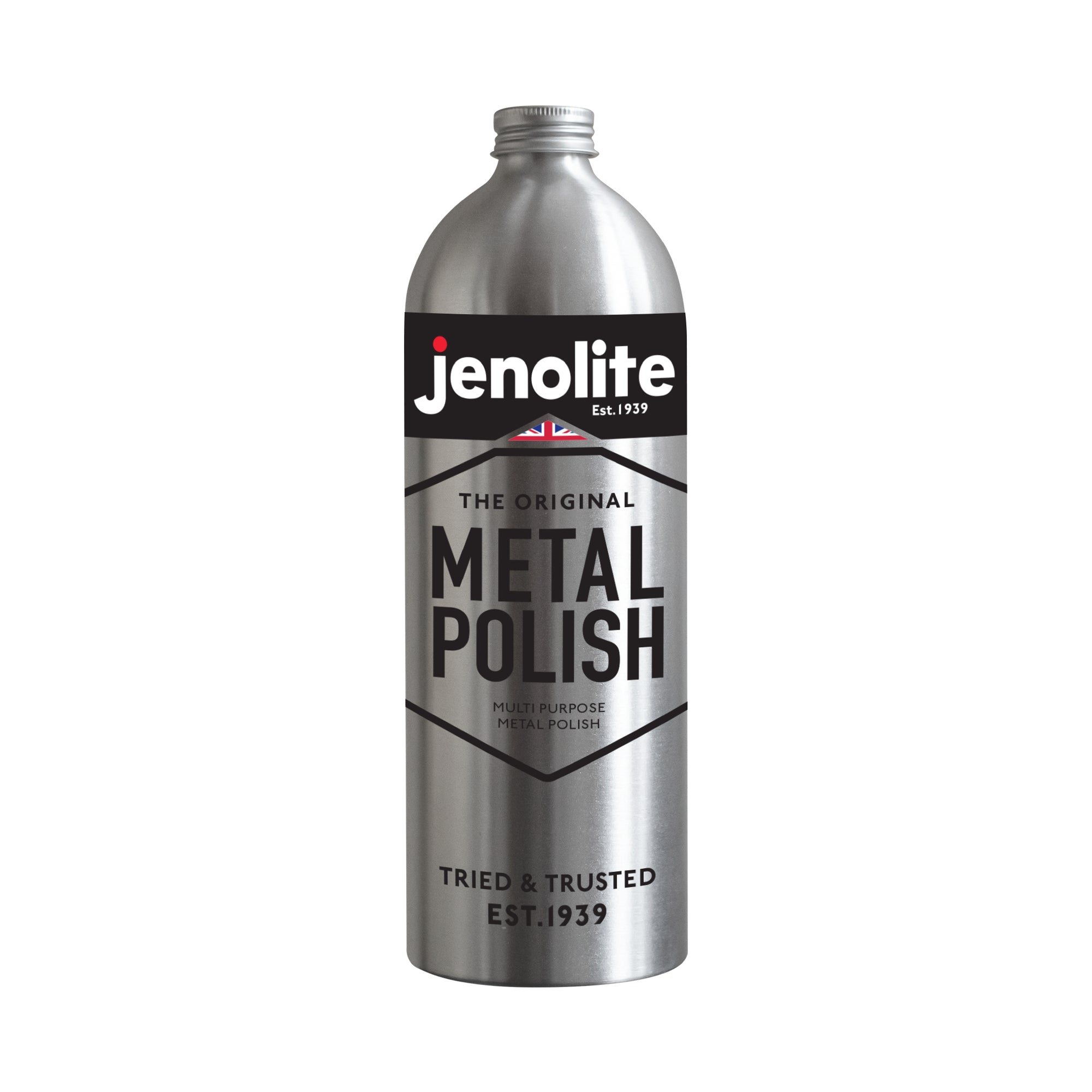
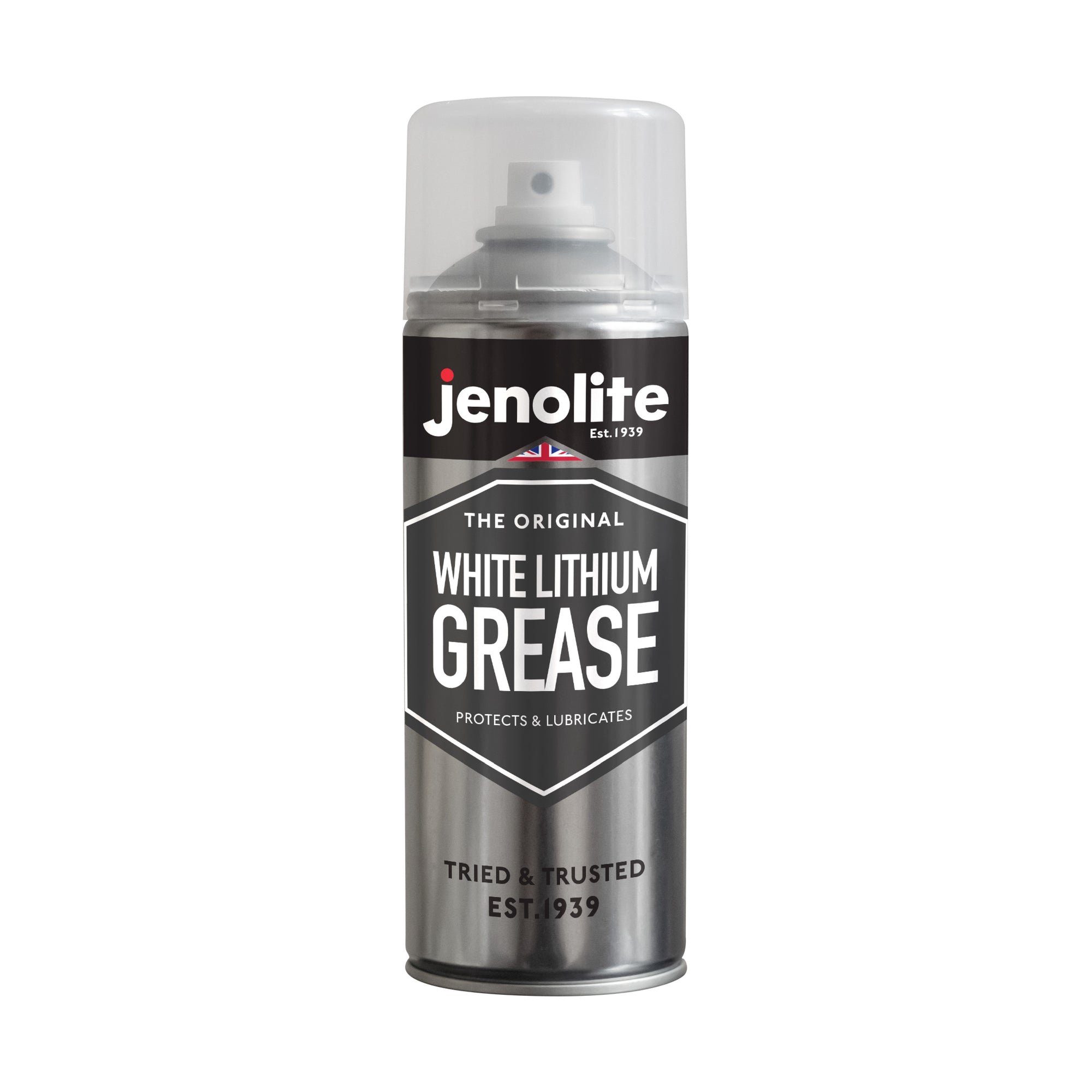
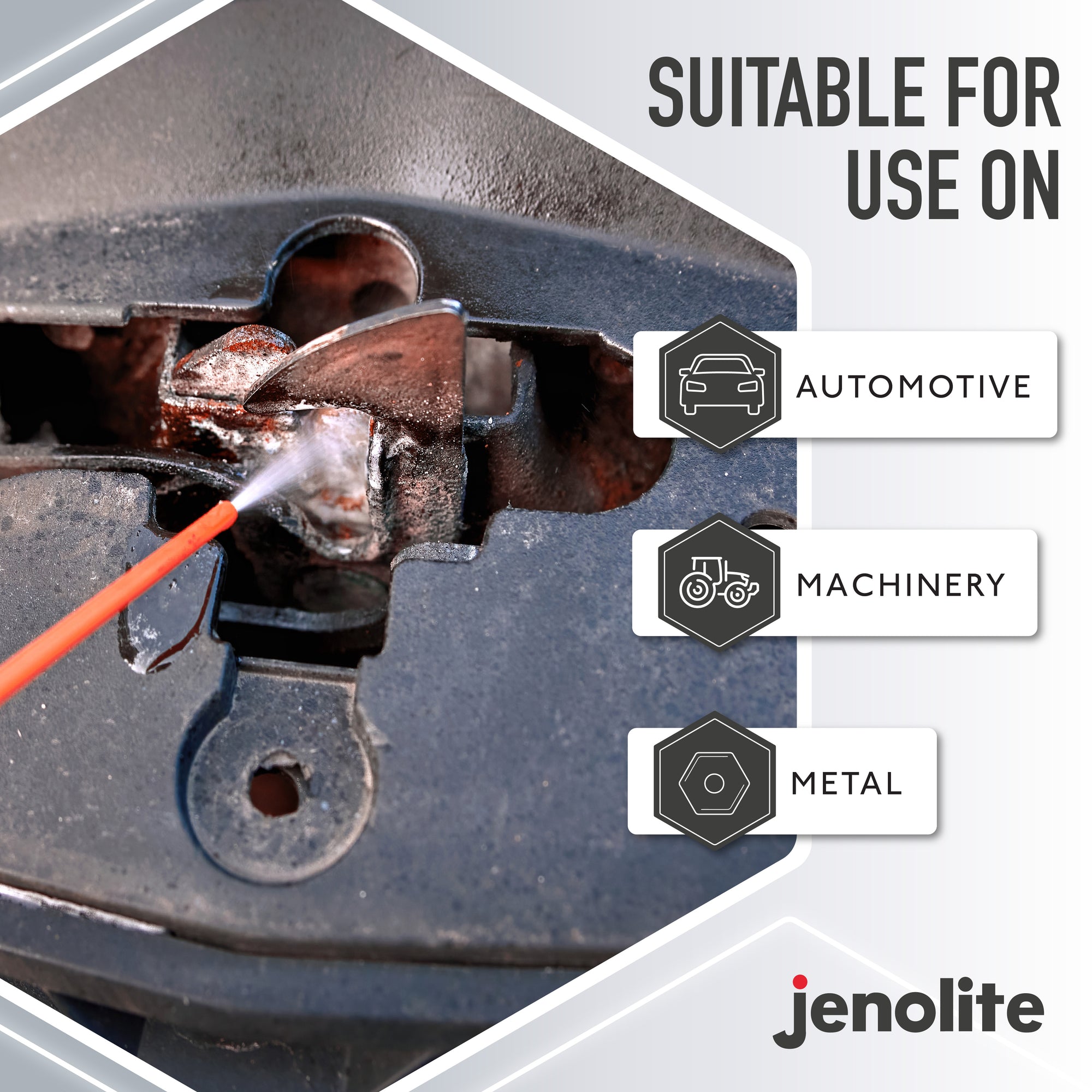
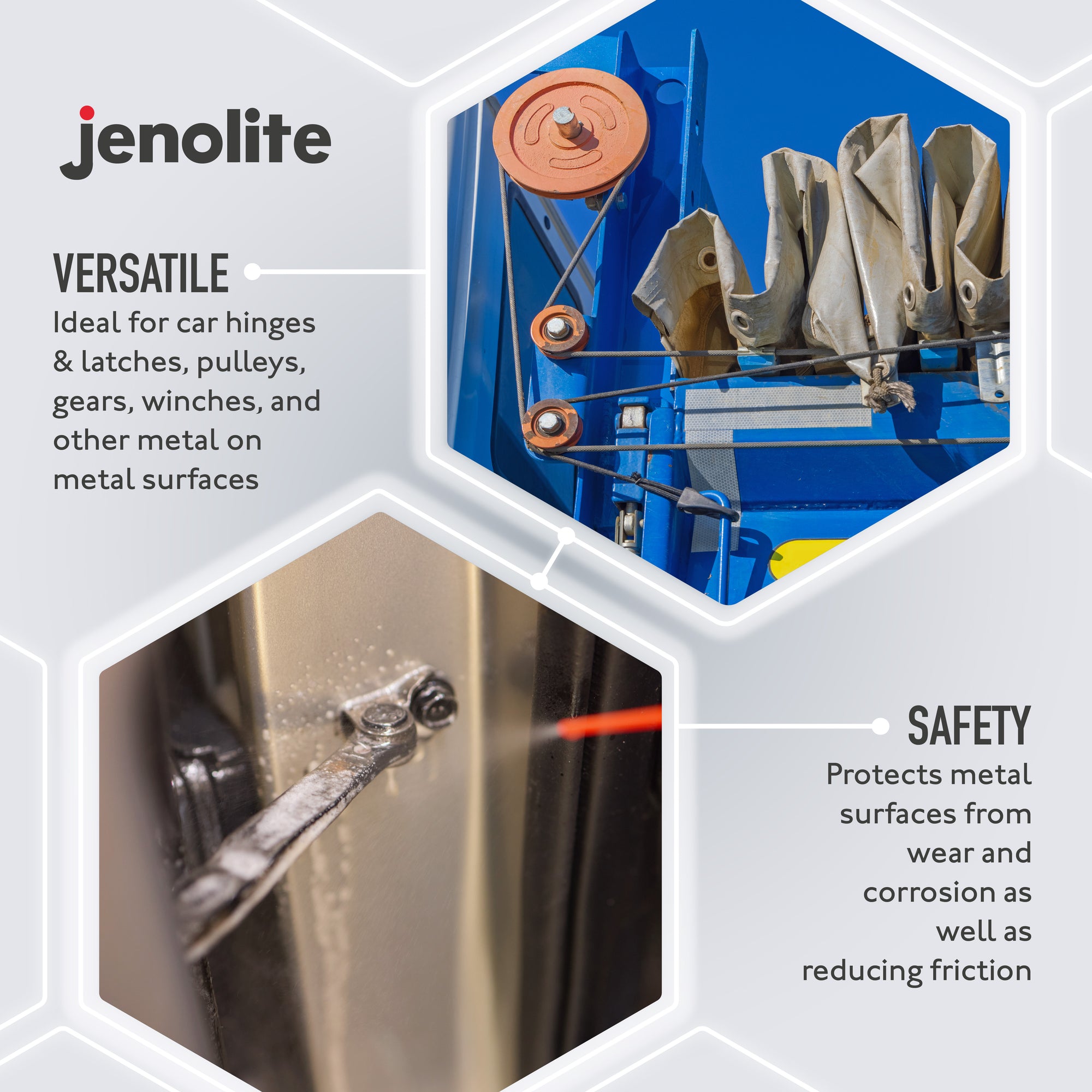
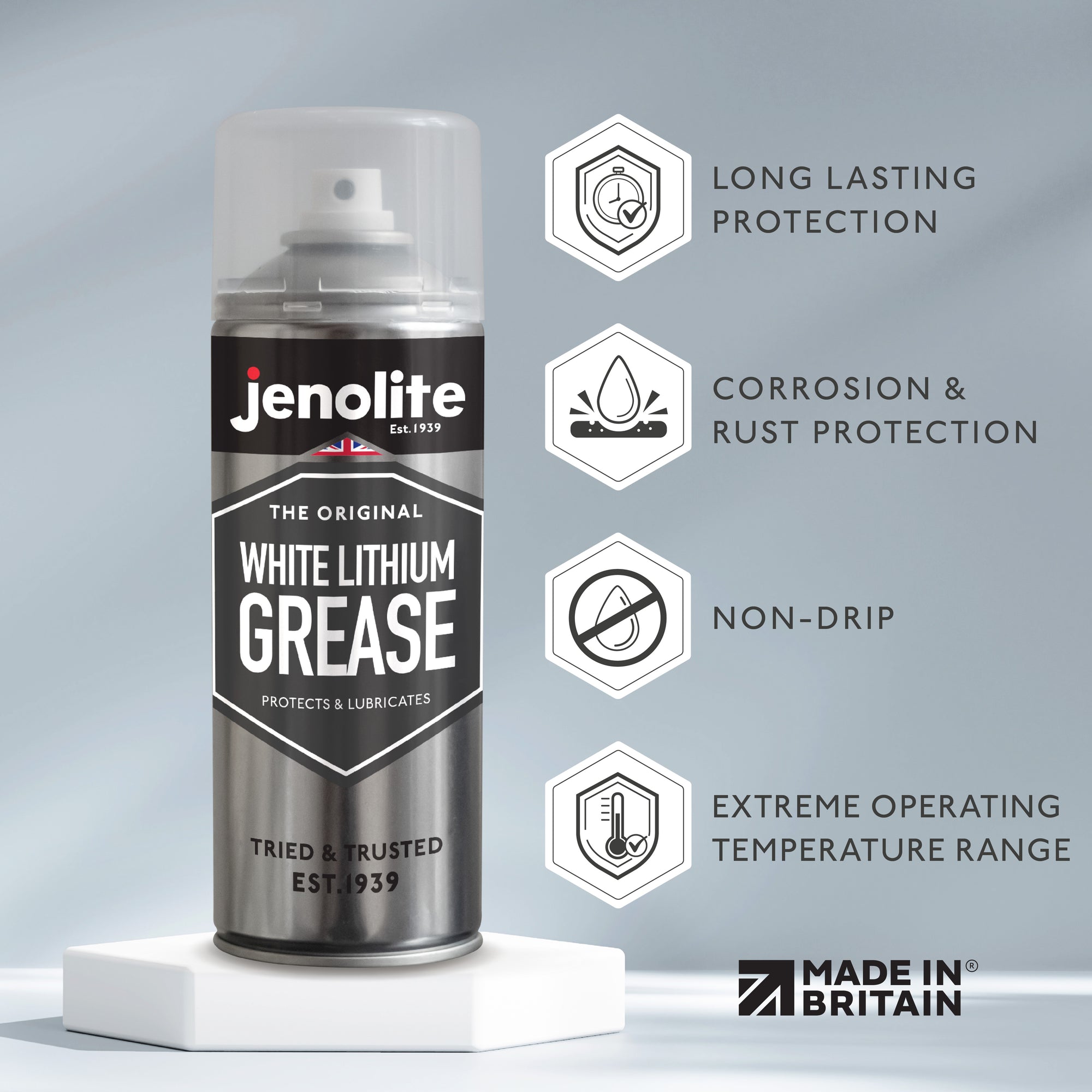
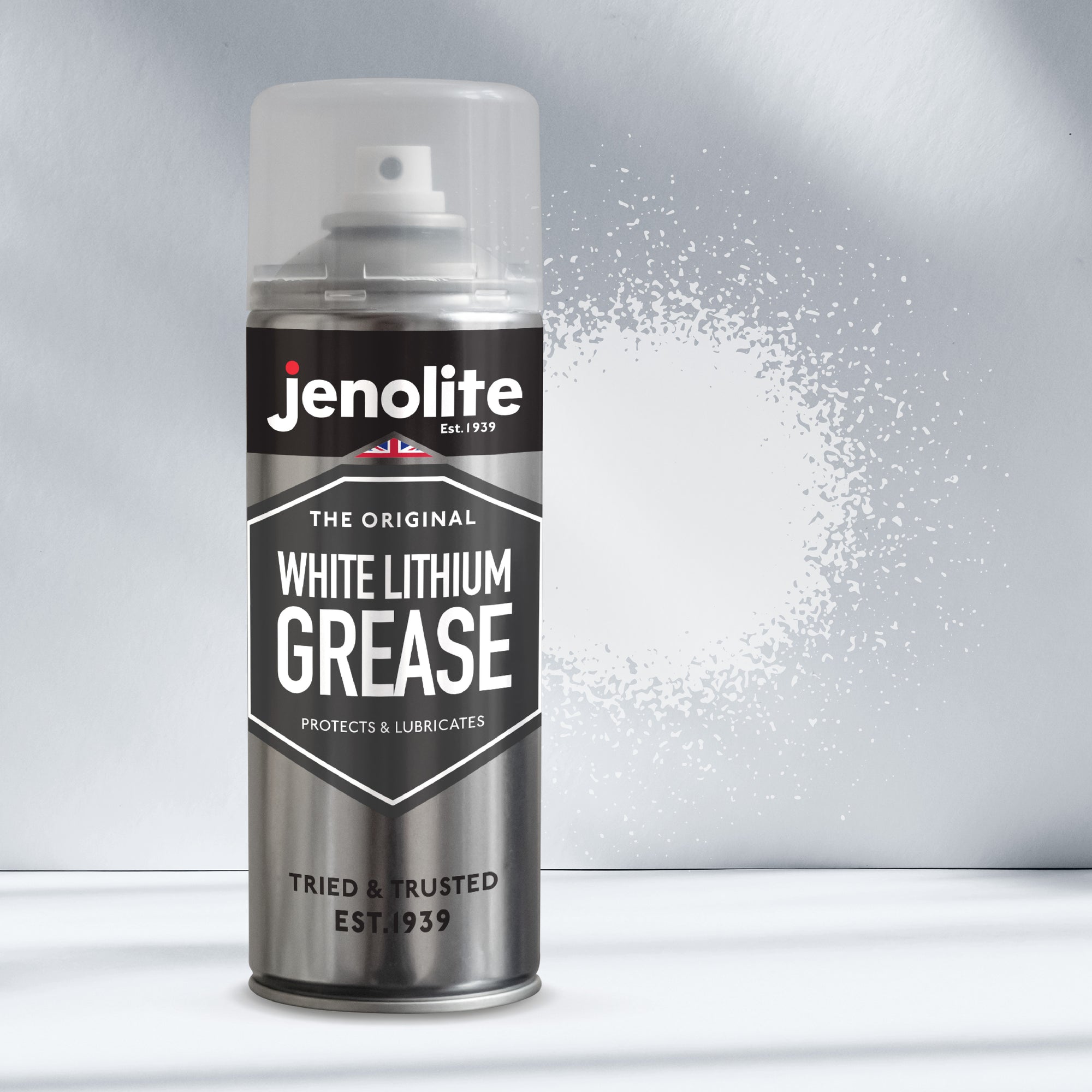
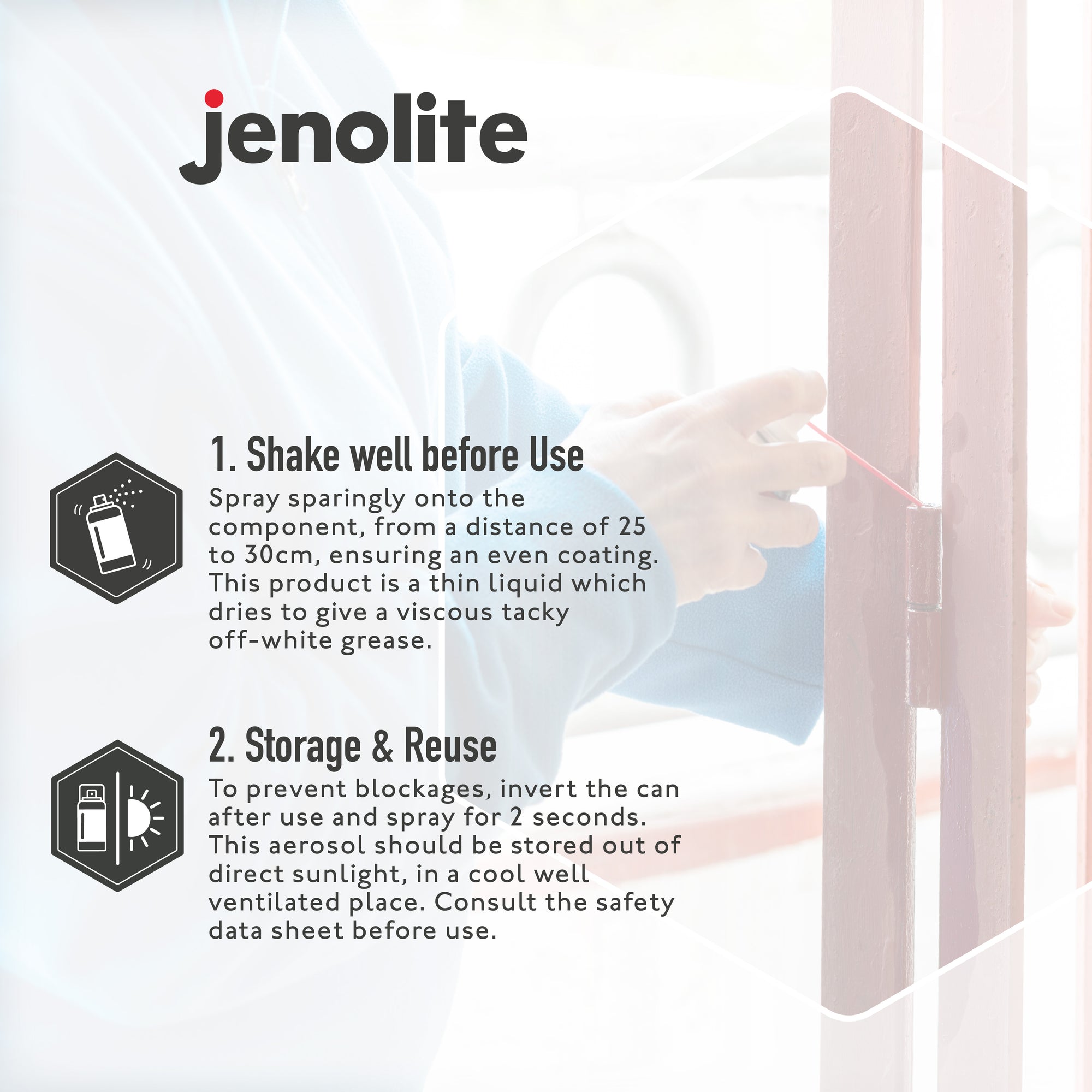
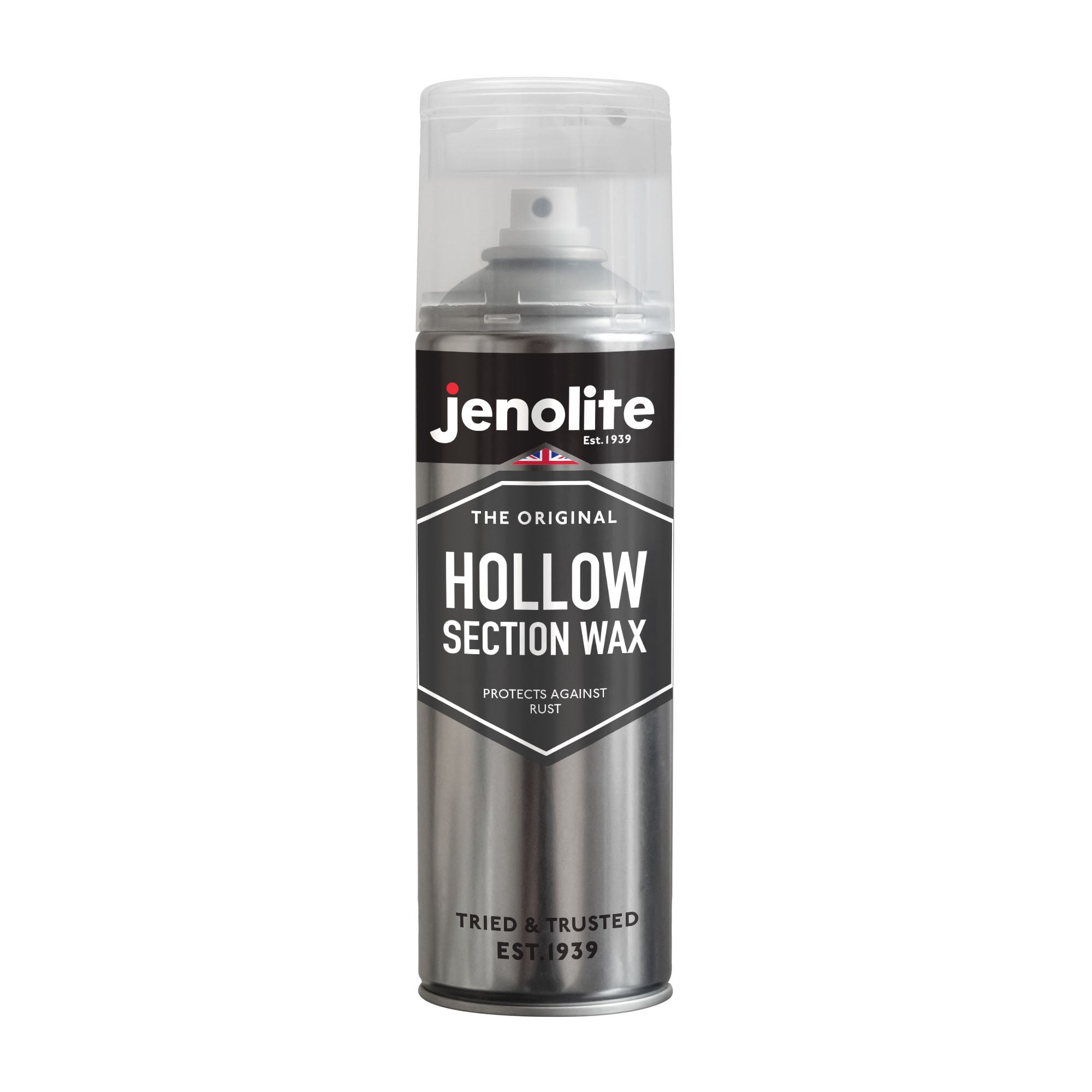
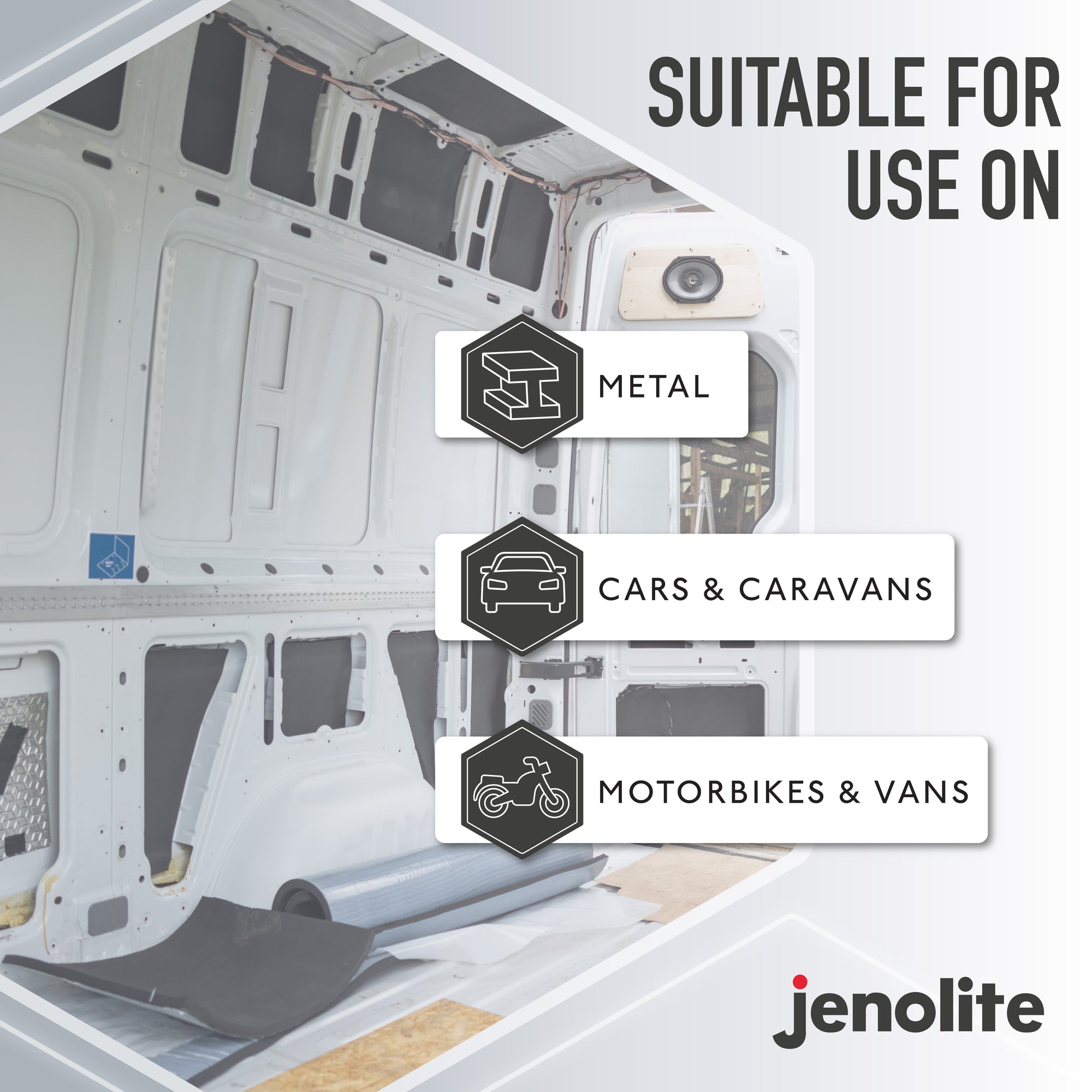
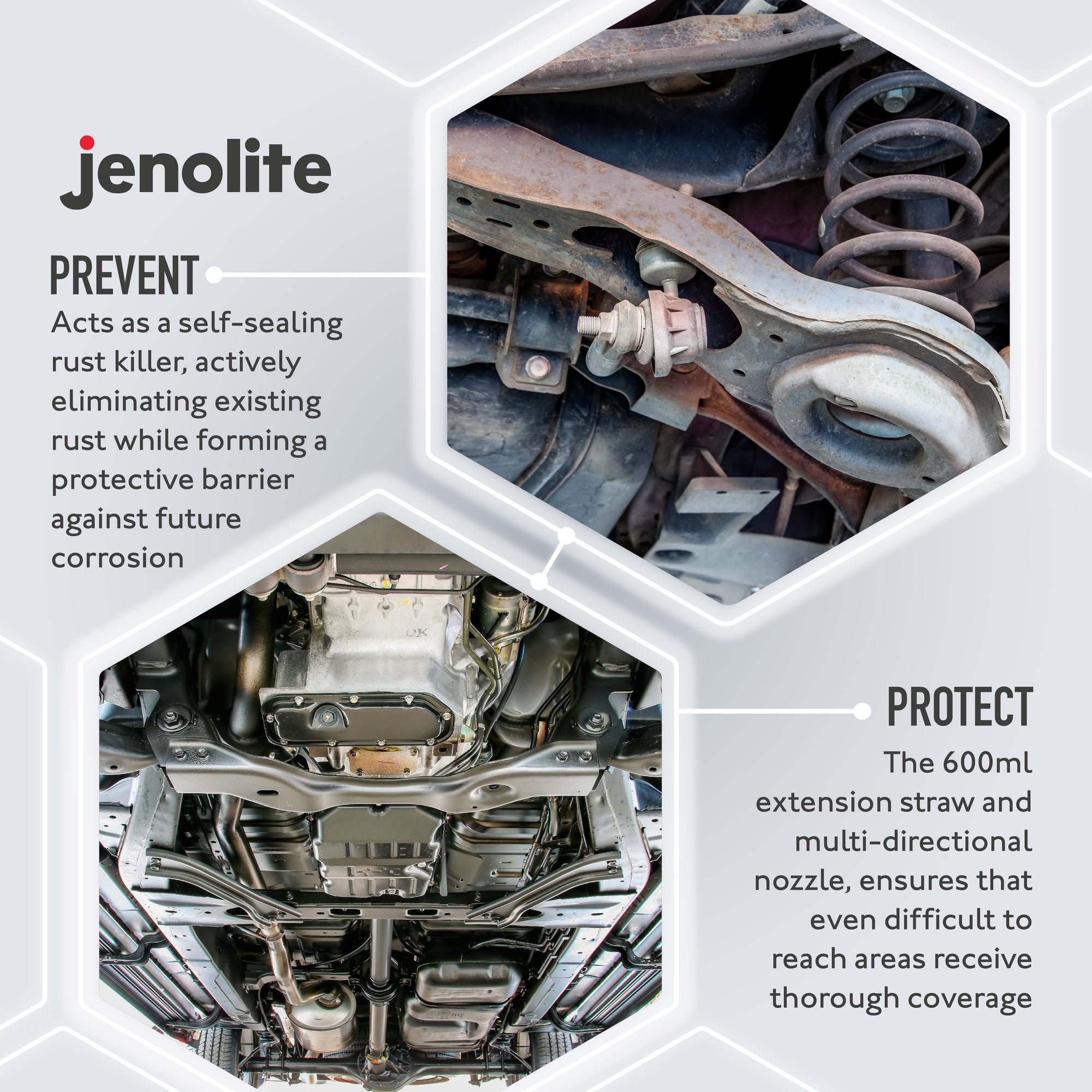
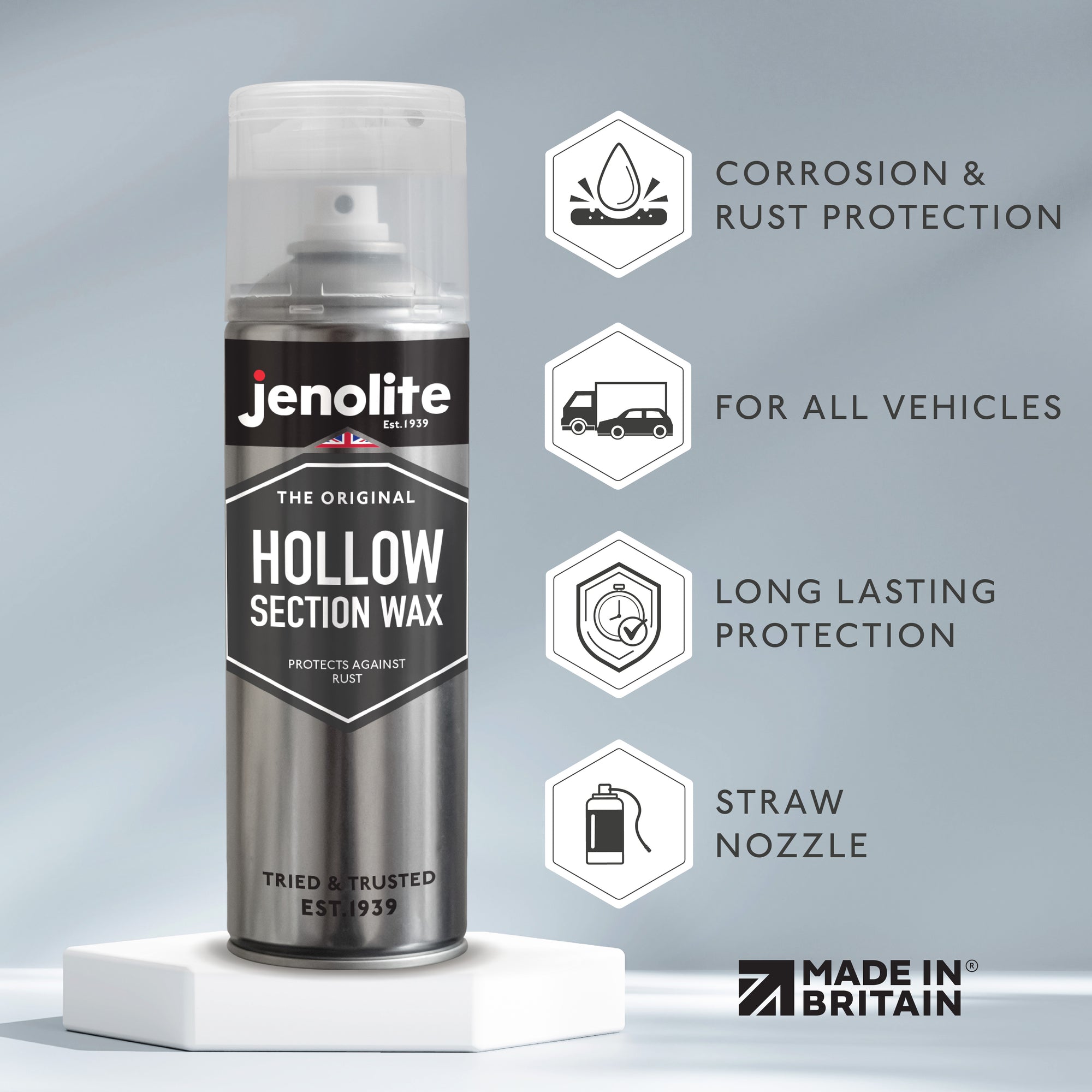
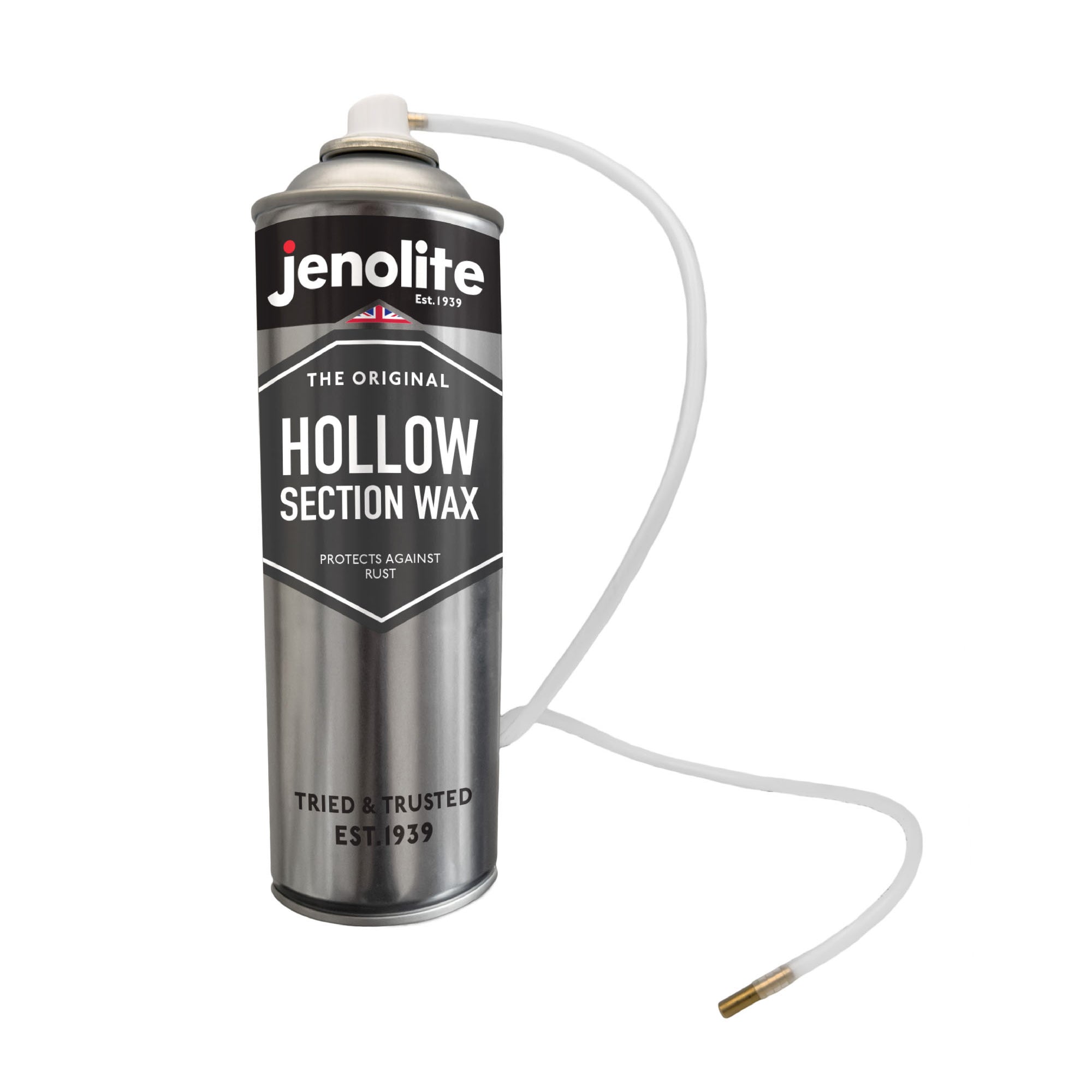
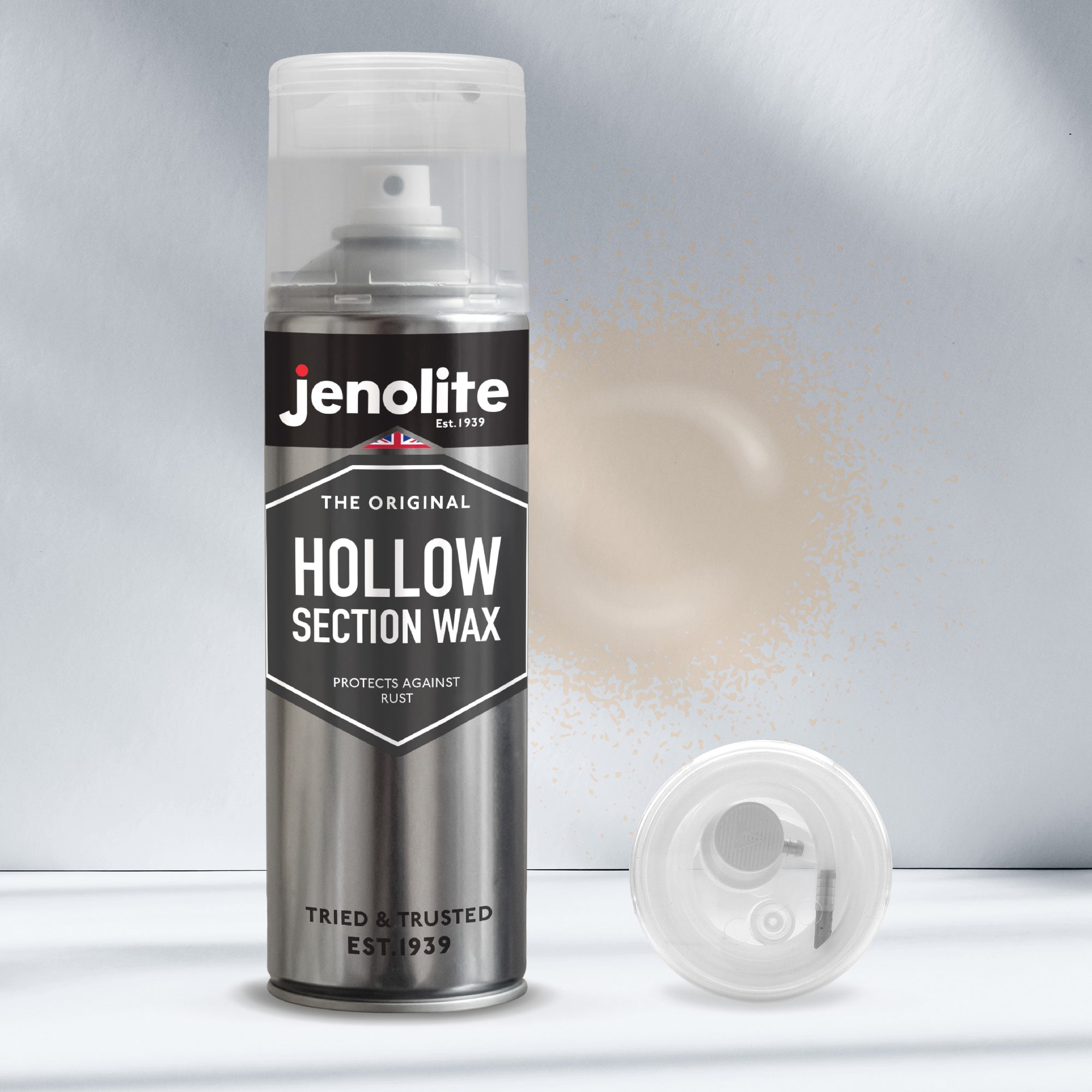
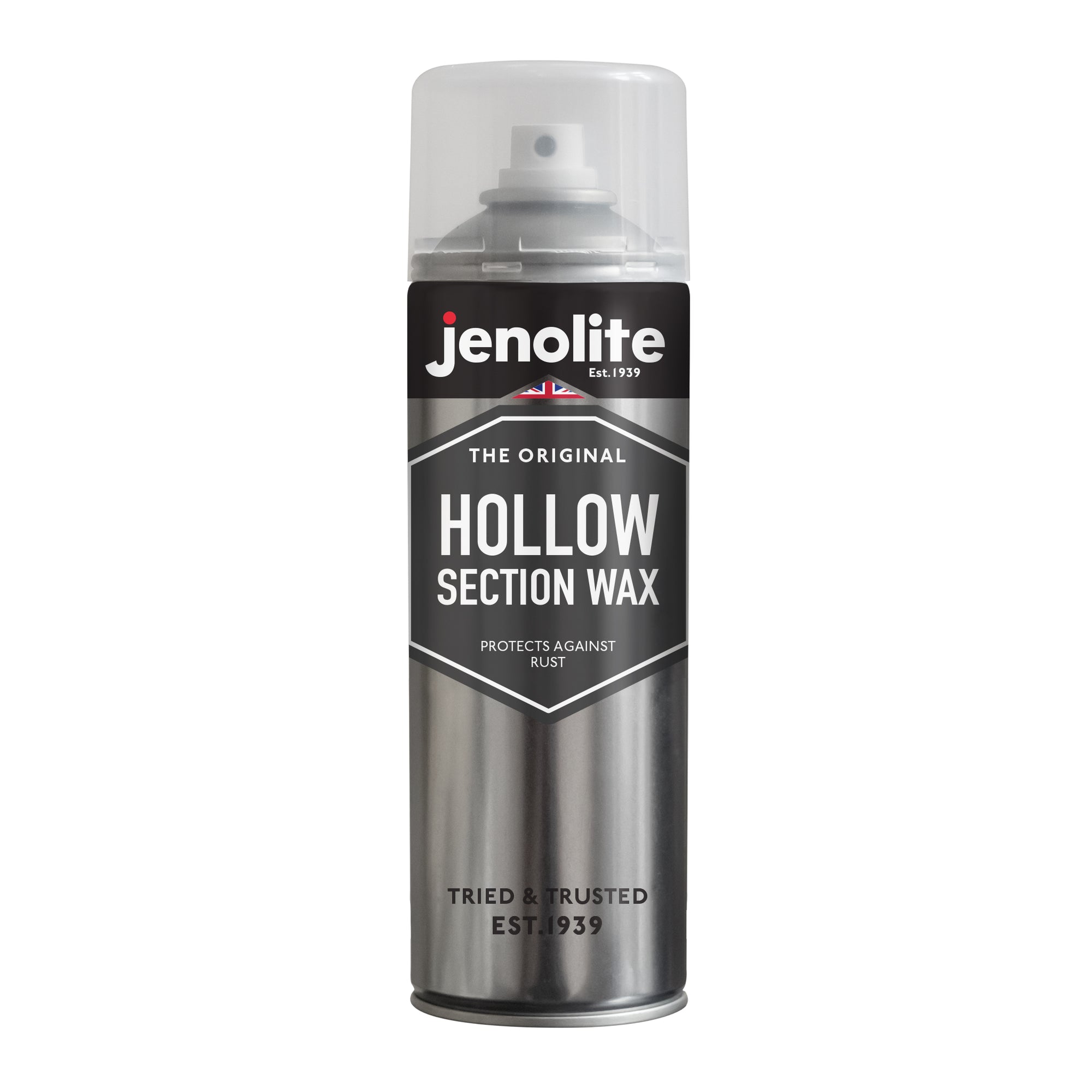
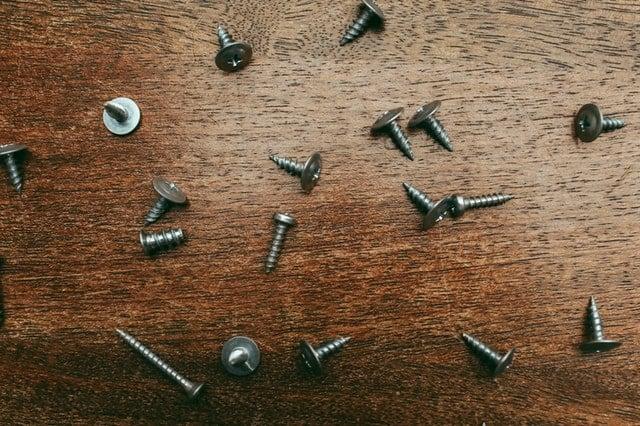
![Rust Remover vs Rust Converter: Which To Use? | [UPDATE 2024] A comprehensive guide](http://www.jenolite.com/cdn/shop/articles/Rust_Remover___Converter.webp?v=1706616225&width=2000)
